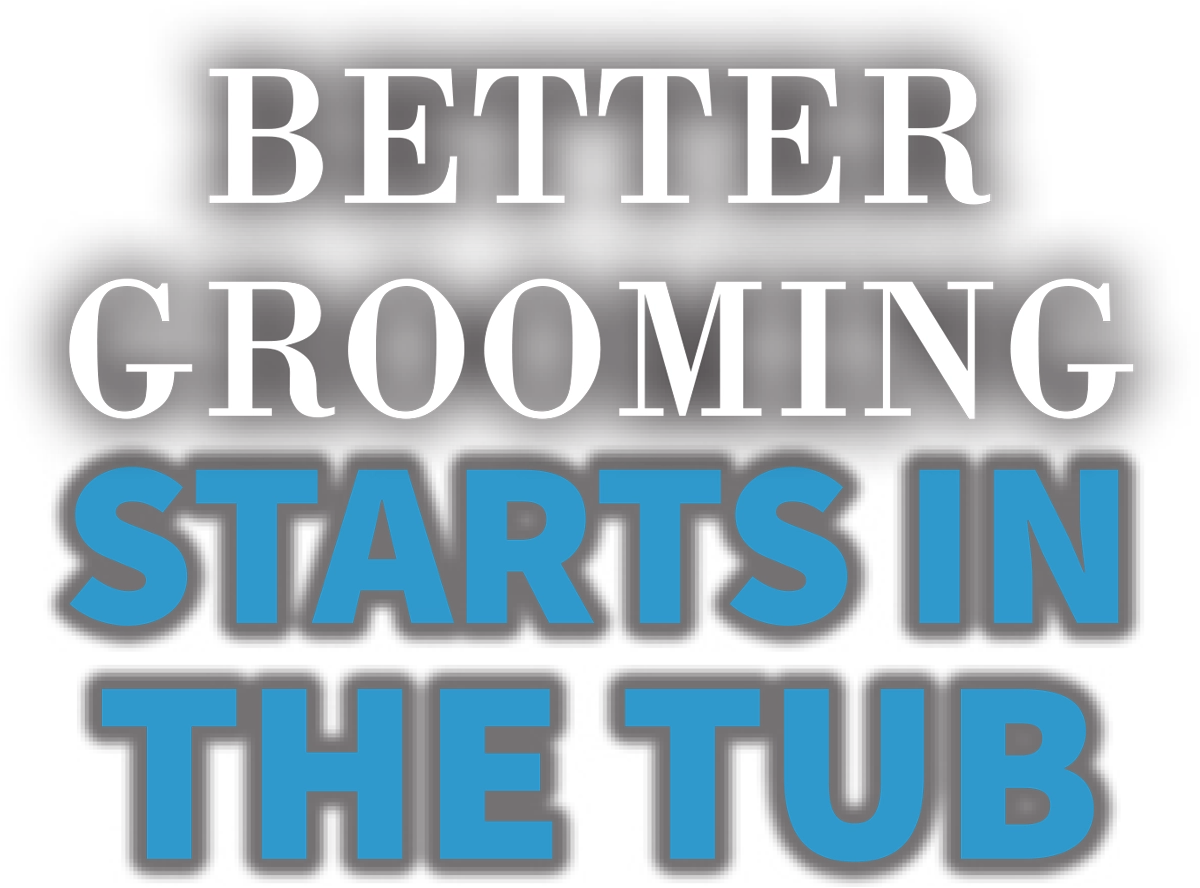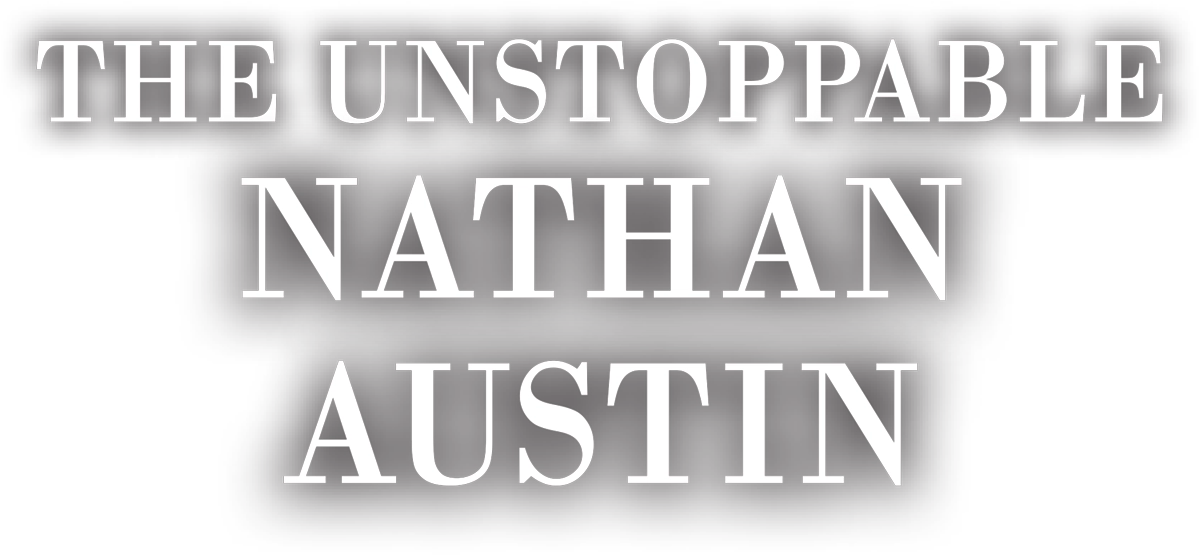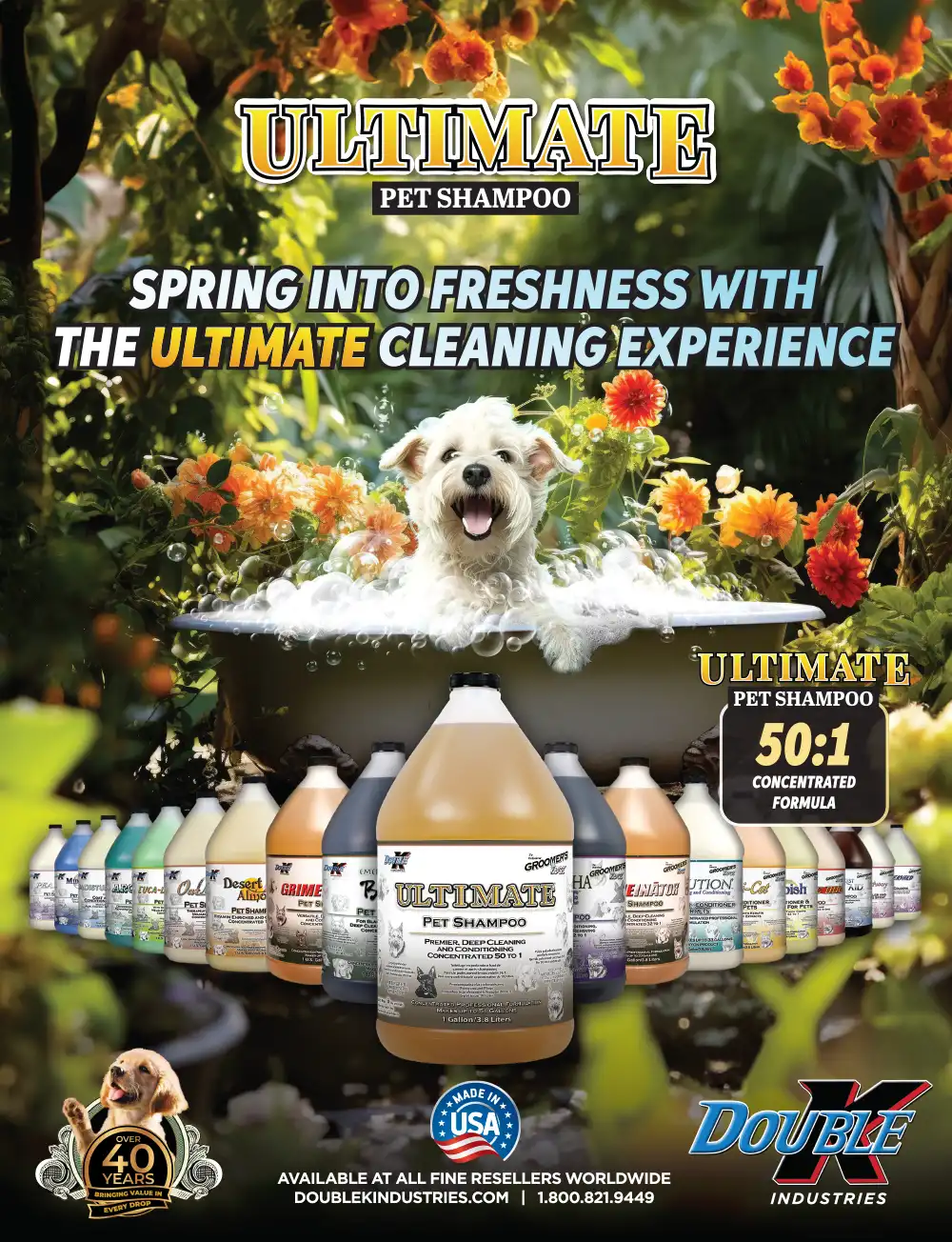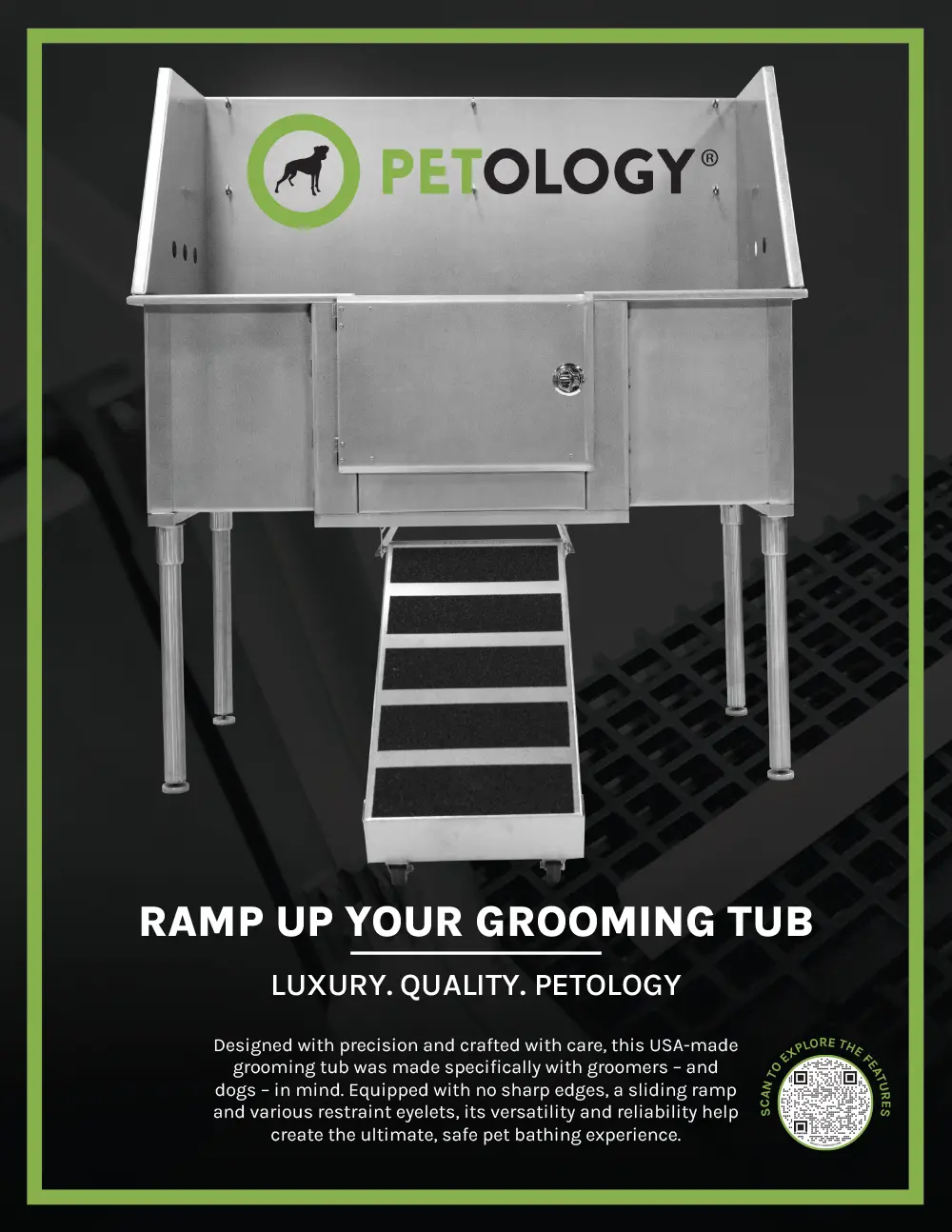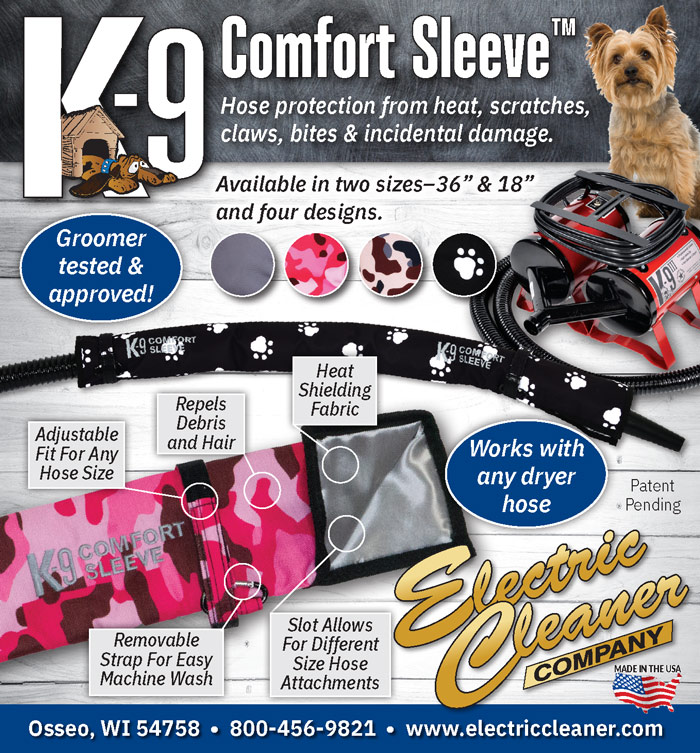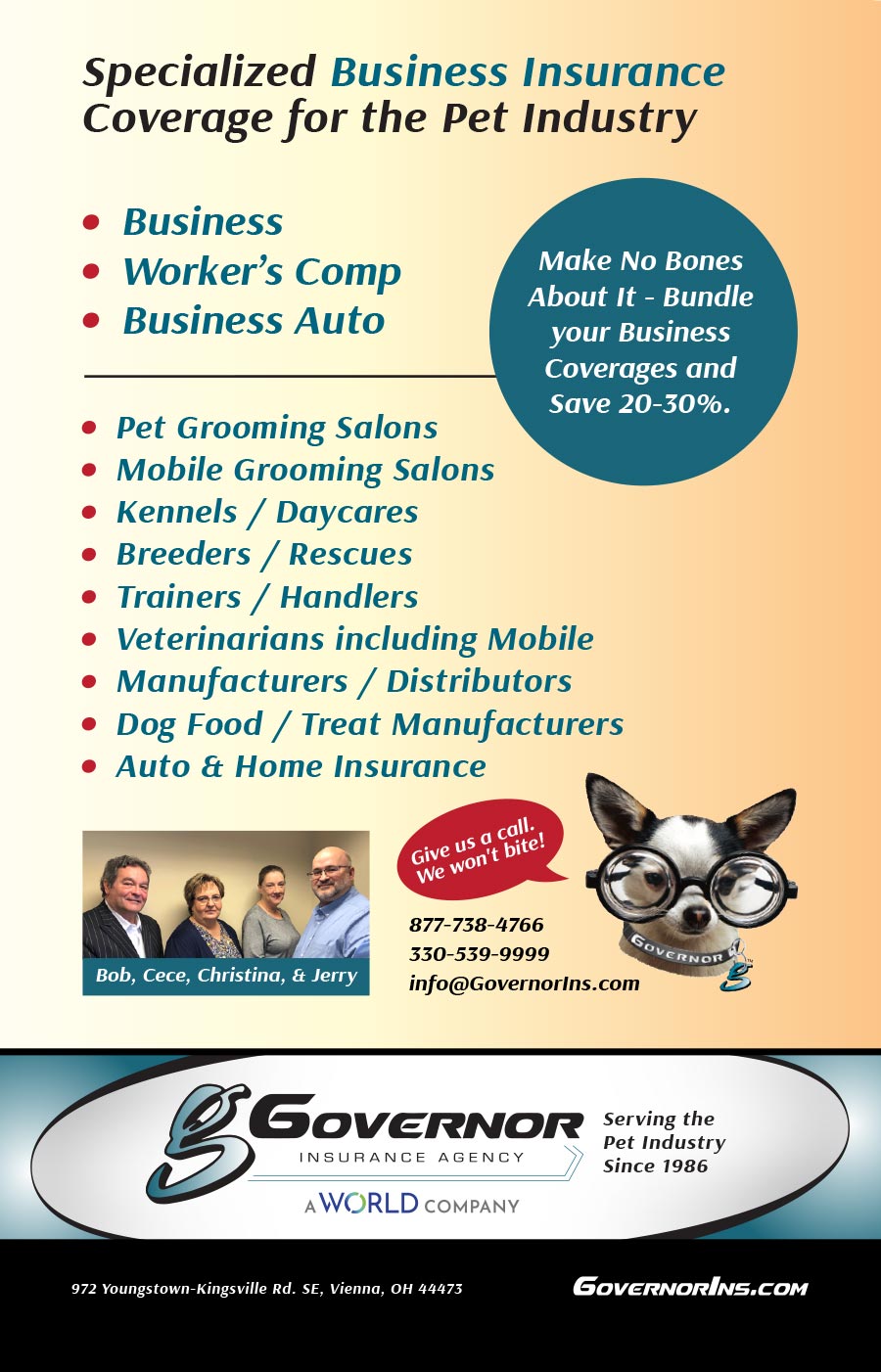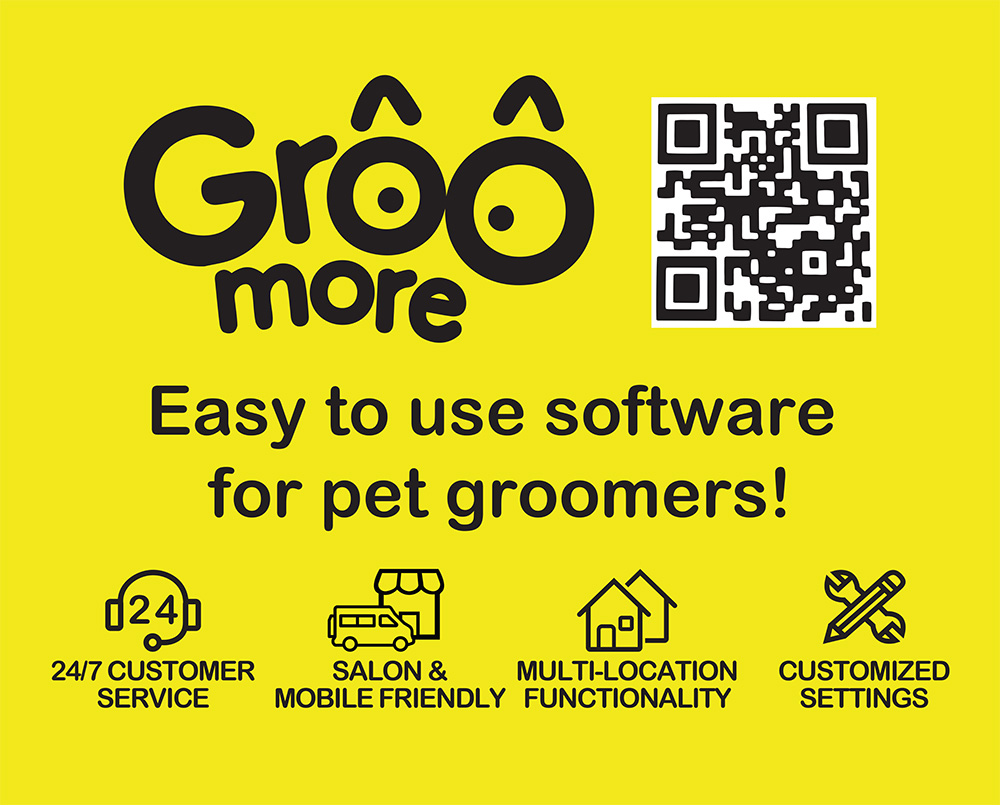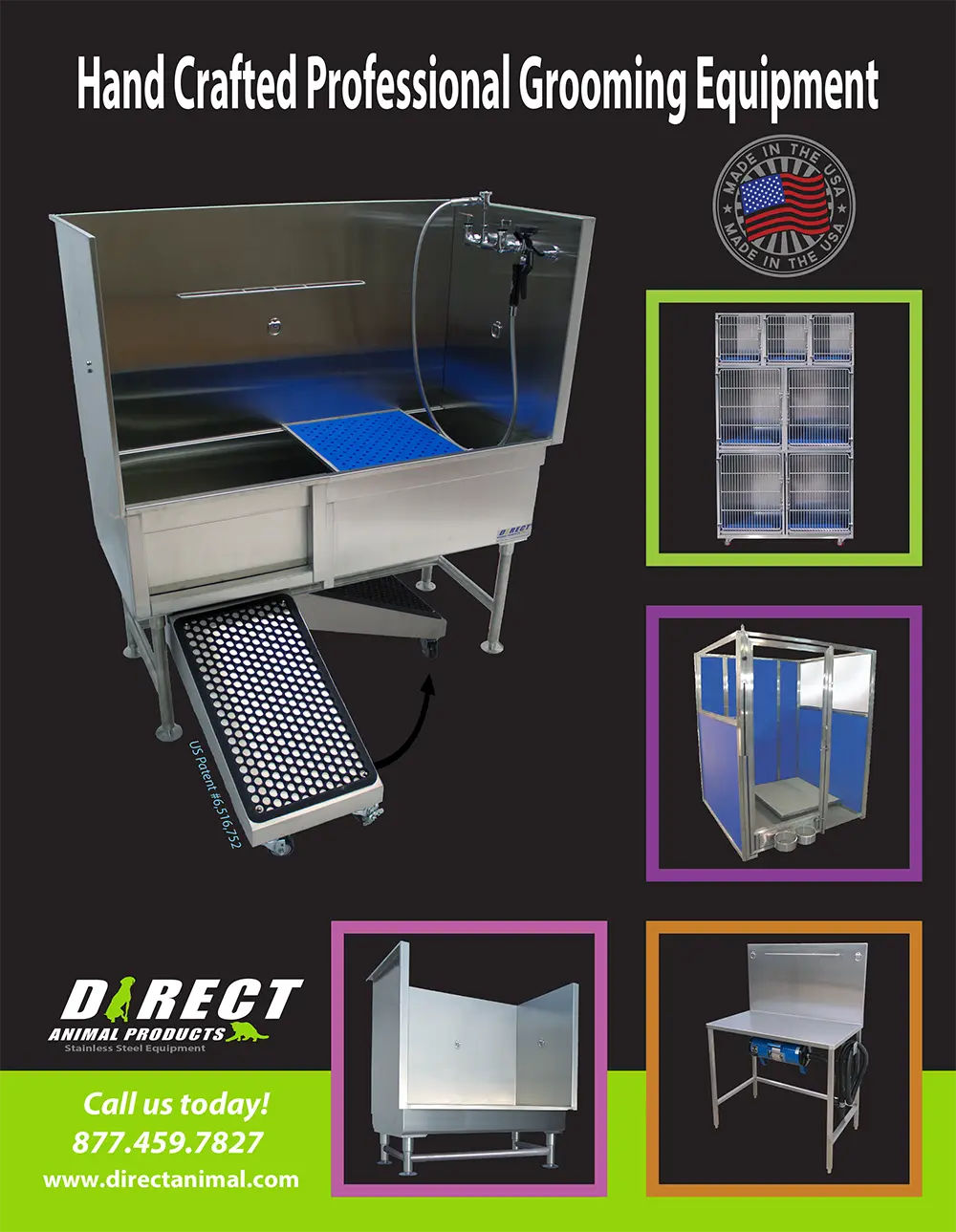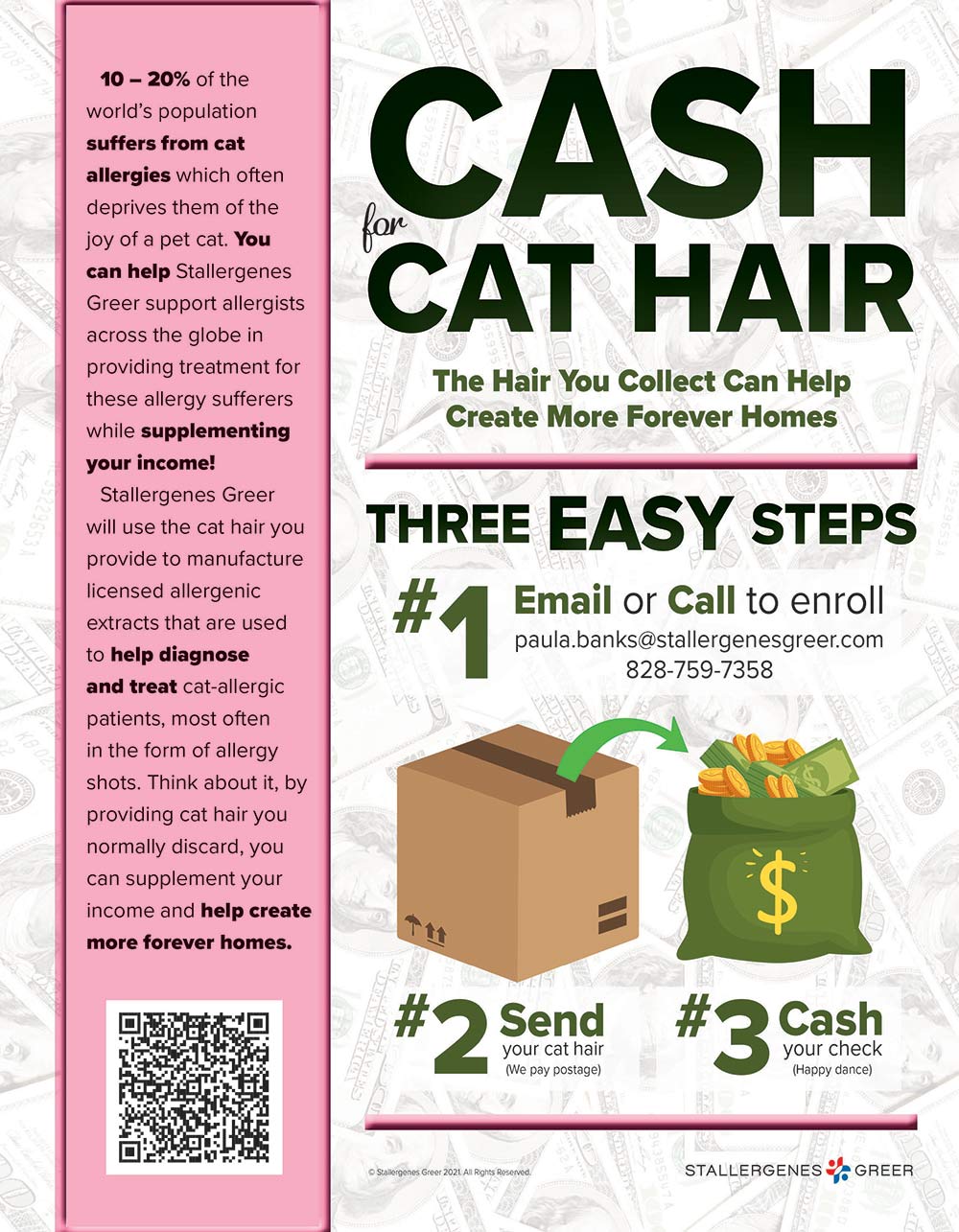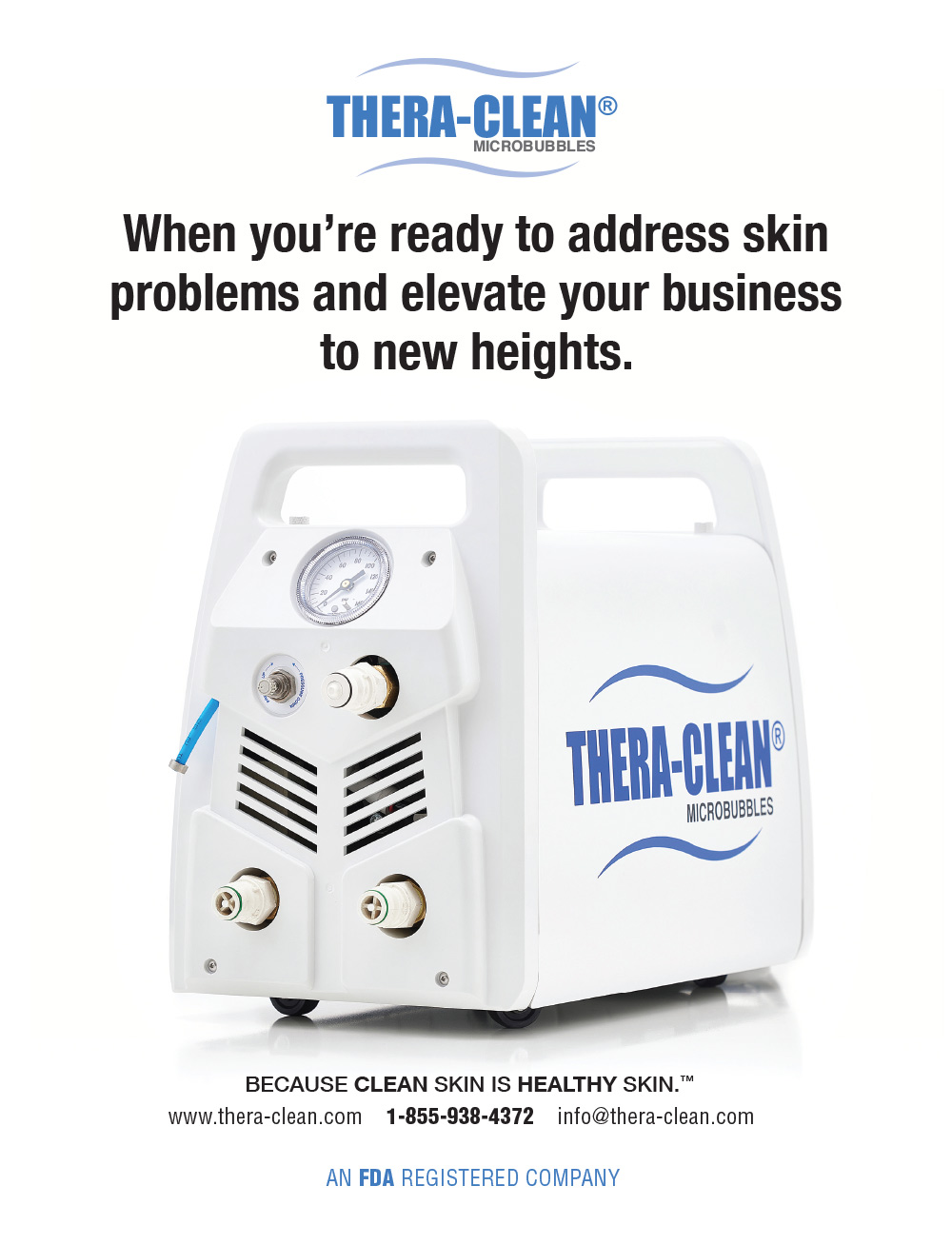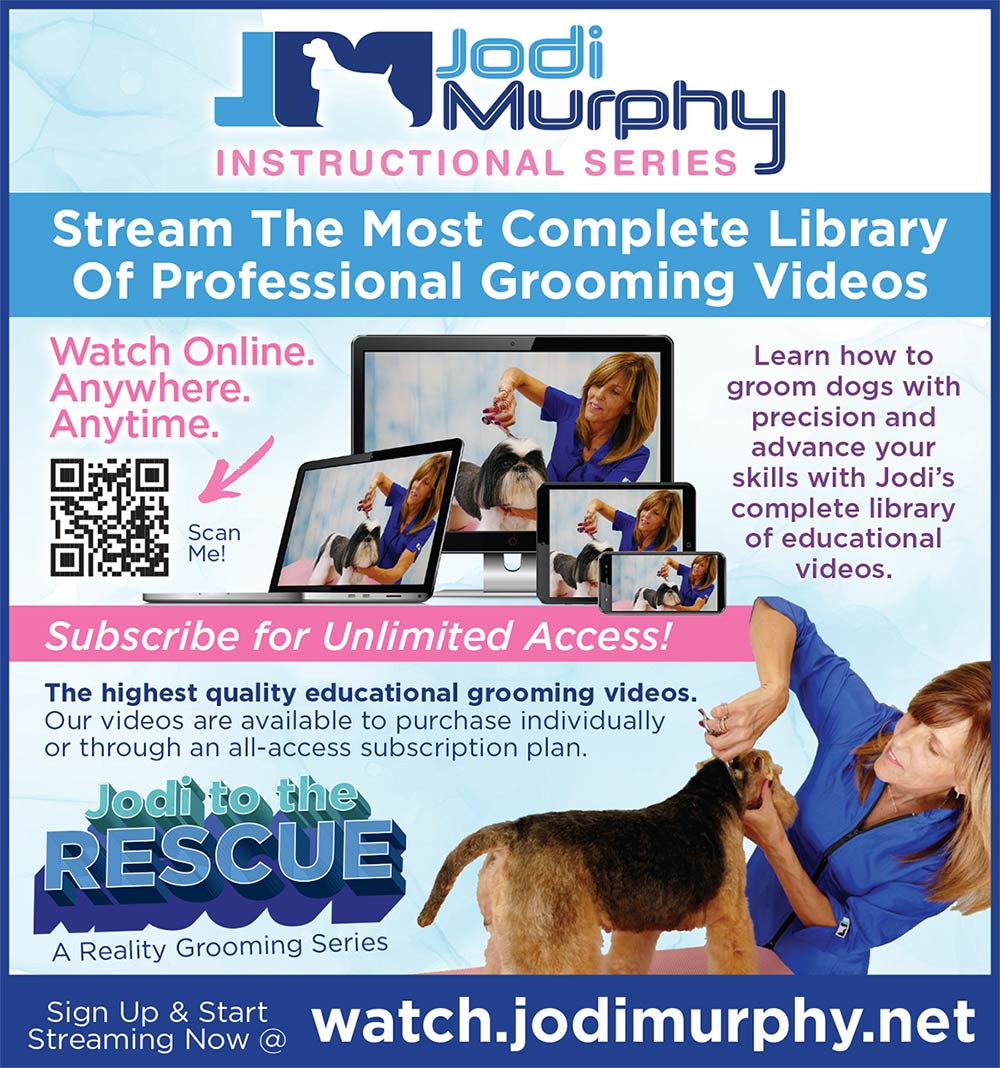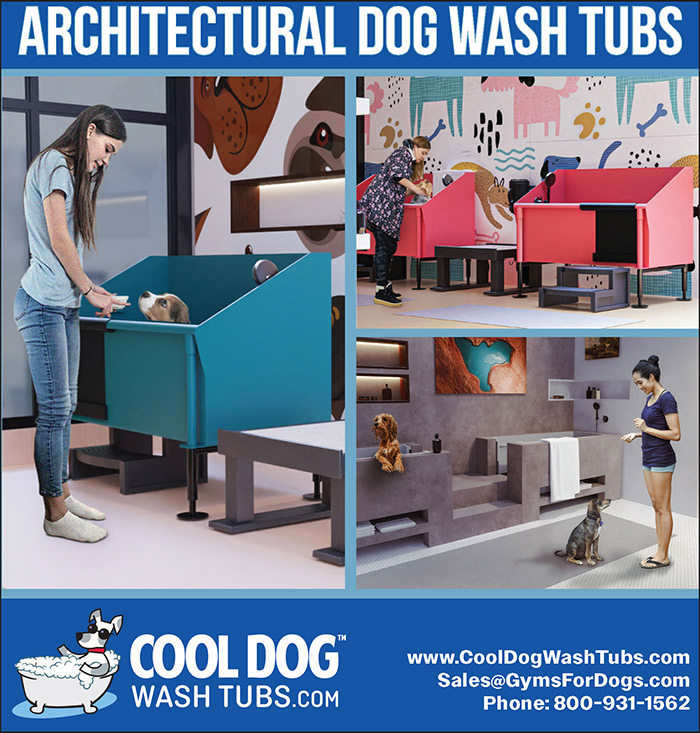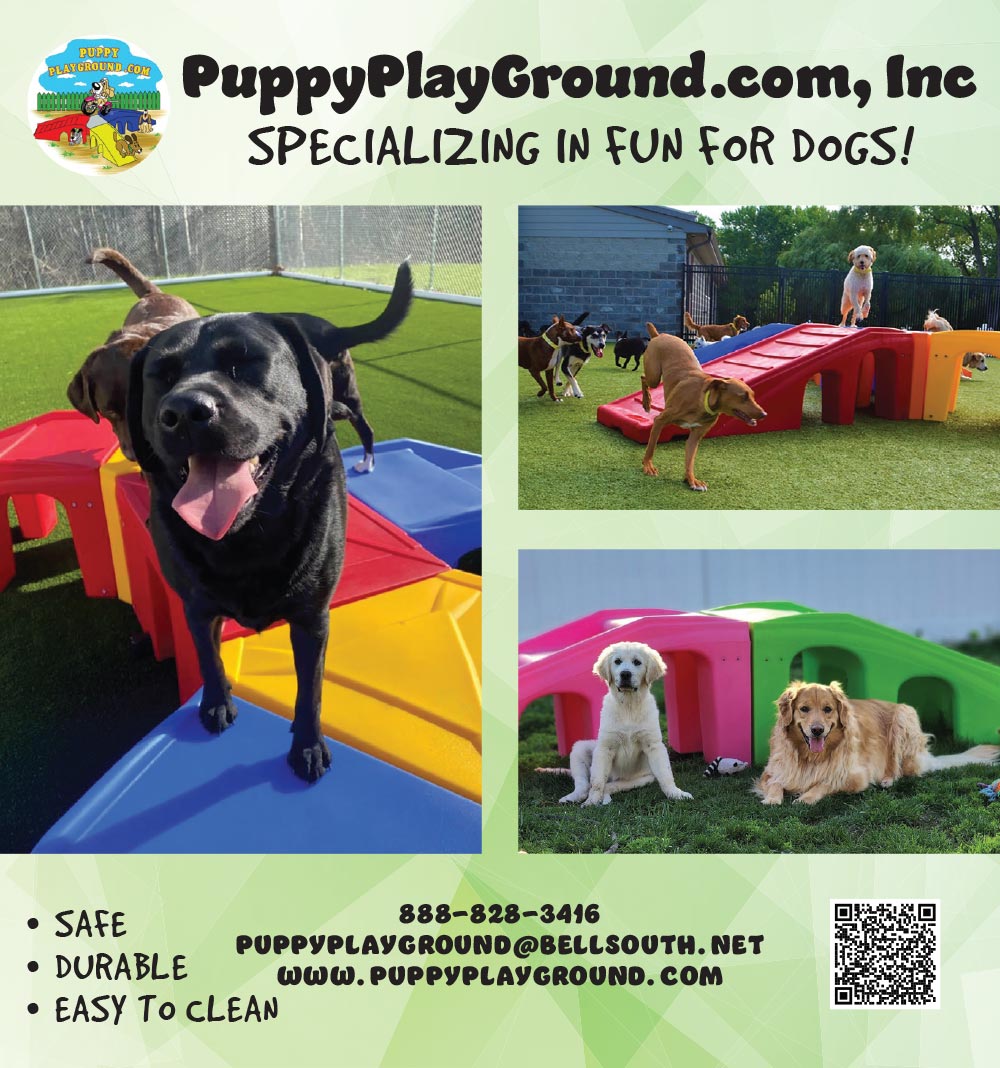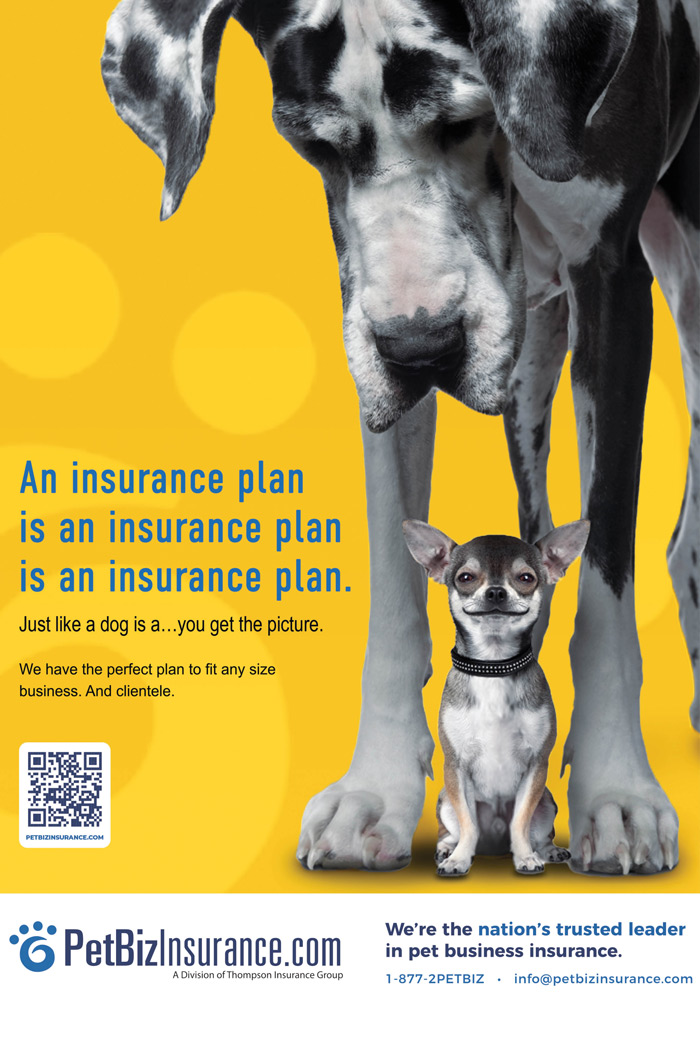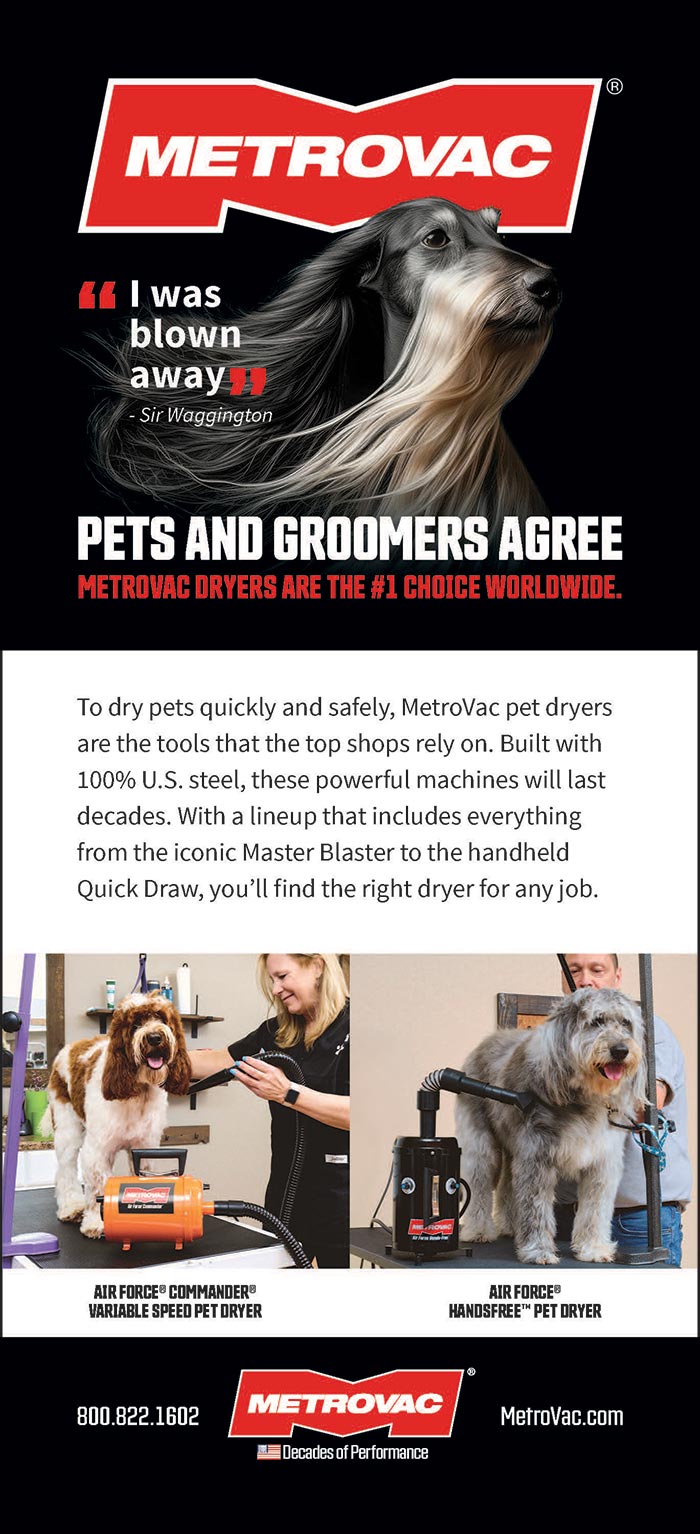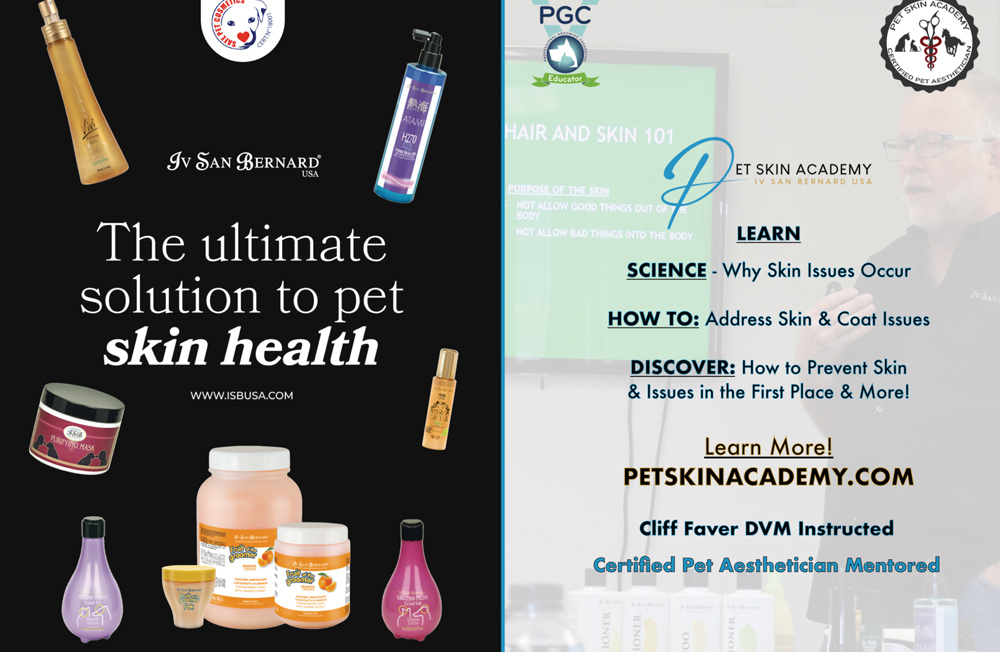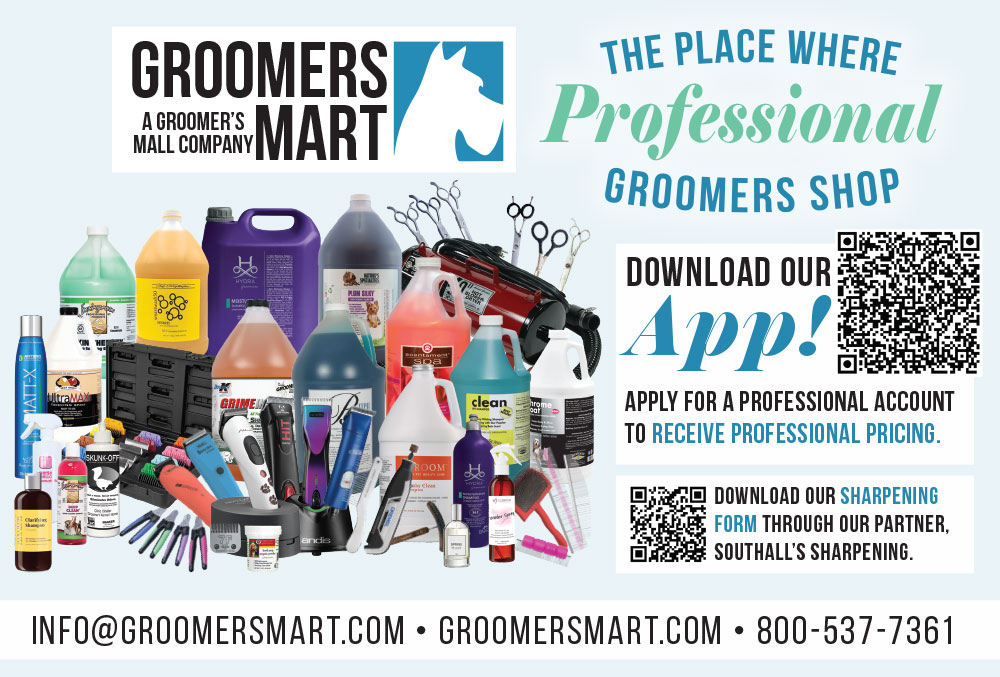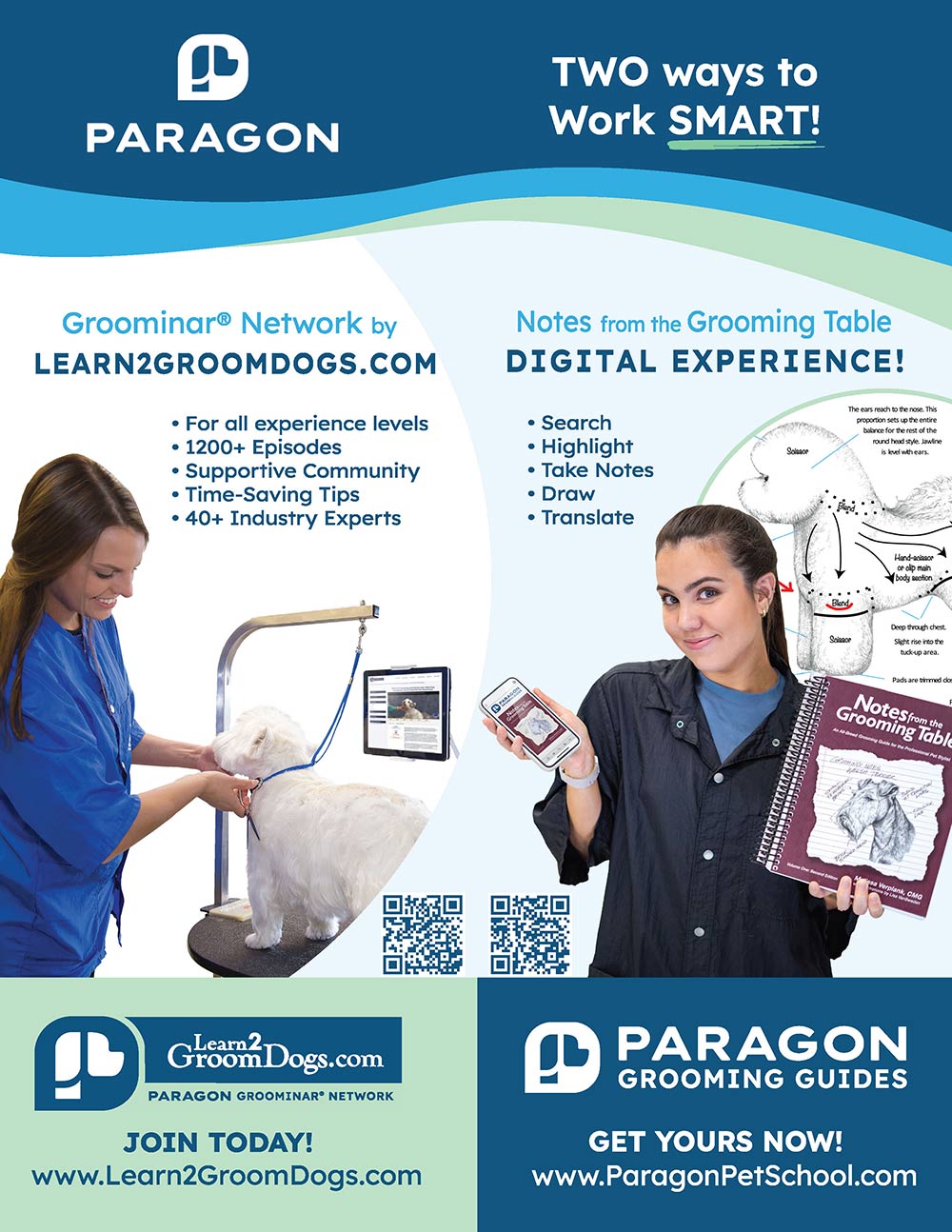Contents | May 2024
8
by Kathy Hosler
32
by Lynn Paolillo
ALSO INSIDE
todd@barkleigh.com
adam@barkleigh.com
gwen@barkleigh.com
rebecca@barkleigh.com
luke@barkleigh.com
laura@barkleigh.com
brandi@barkleigh.com
carlee@barkleigh.com
evan@barkleigh.com
cassidy@barkleigh.com
allison@barkleigh.com
james@barkleigh.com
karin@barkleigh.com
britany@barkleigh.com
Daryl Conner
Jonathan David
Dr. Cliff Faver
Blake Hernandez
ALSO INSIDE
ON THE COVER
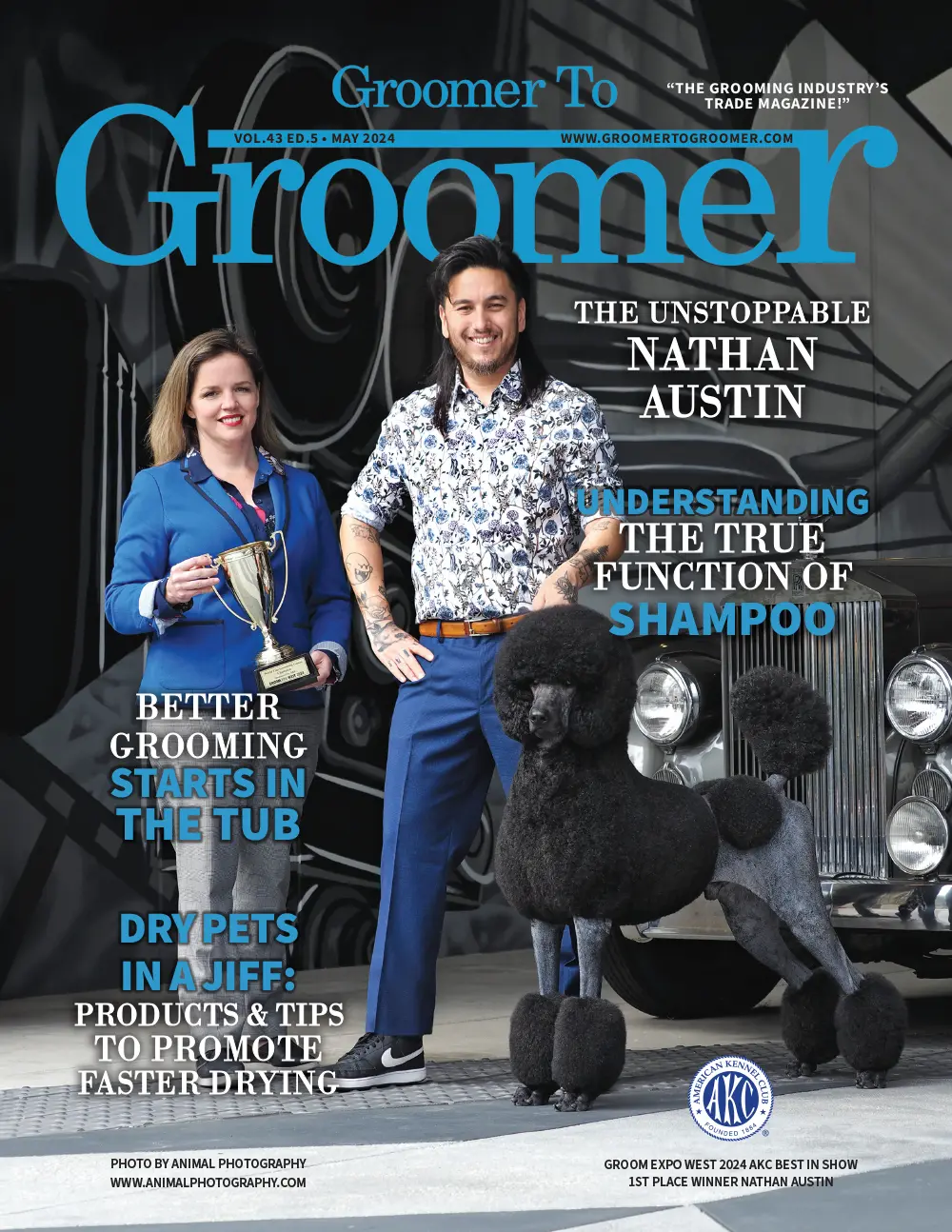
its advertisers for their continued support.
- Andis2
- Animal Photography42
- Artero19
- Bandanas Unlimited46
- Barkleigh Store – Feline Grooming17
- Barkleight Store – Pet Release Forms26
- Best Shot Pet21
- BioOx30
- Cool Dog Wash Tubs33
- Cosmos Bathing Systems52
- Direct Animal Products14
- Double K Industries3
- Electric Cleaner Company10
- Evolution Shears9
- Governor Insurance Agency13
- Groomer’s Choice4
- Groomers Mart45
- Groomore18
- Iv San Bernard | Pet Skin Academy39
- Jodi Murphy29
- Laube55
- MetroVac38
- Midmark50
- Paragon51
- Pet Biz Insurance37
- Pet Boarding and Daycare Podcast31
- PetLift41
- PetQuest27
- Puppy Playground34
- Quadruped Pet Care35
- Ryan’s Pet Supplies56
- Ryan’s Pet SuppliesDigital Only
- Stallergenes Greer23
- The Absorber Dog Lover’s Towel24
- Thera-Clean25
- Thornell OdorcideDigital
- Tool Klean7
- Tool Klean22
- Wag’n Tails47



 s groomers, we often think of our main tools as being our scissors, combs and dryers, but we often forget about the other “liquid tools” that we also can not live without, such as shampoos, conditioners and sprays. So what should be in your go-to arsenal of liquid tools to execute a fabulous groom, every time?
s groomers, we often think of our main tools as being our scissors, combs and dryers, but we often forget about the other “liquid tools” that we also can not live without, such as shampoos, conditioners and sprays. So what should be in your go-to arsenal of liquid tools to execute a fabulous groom, every time?
A good shampoo will be canine pH-friendly and will be made with high-quality ingredients. When shopping for your shampoos, it is important that they work for you, are cost-effective and good quality. You also want to keep a variety of specialty shampoos on-hand to ensure you have the right product for the job, including a good dirt-busting shampoo, hypoallergenic shampoo, colour shampoos and flea/tick shampoo.


Leave-in shampoos and conditioners are great for double-coated breeds or doodle coats that are thick and difficult to comb through. These products are designed to be used on the fur not the skin, so ensure that you don’t spray excessively.
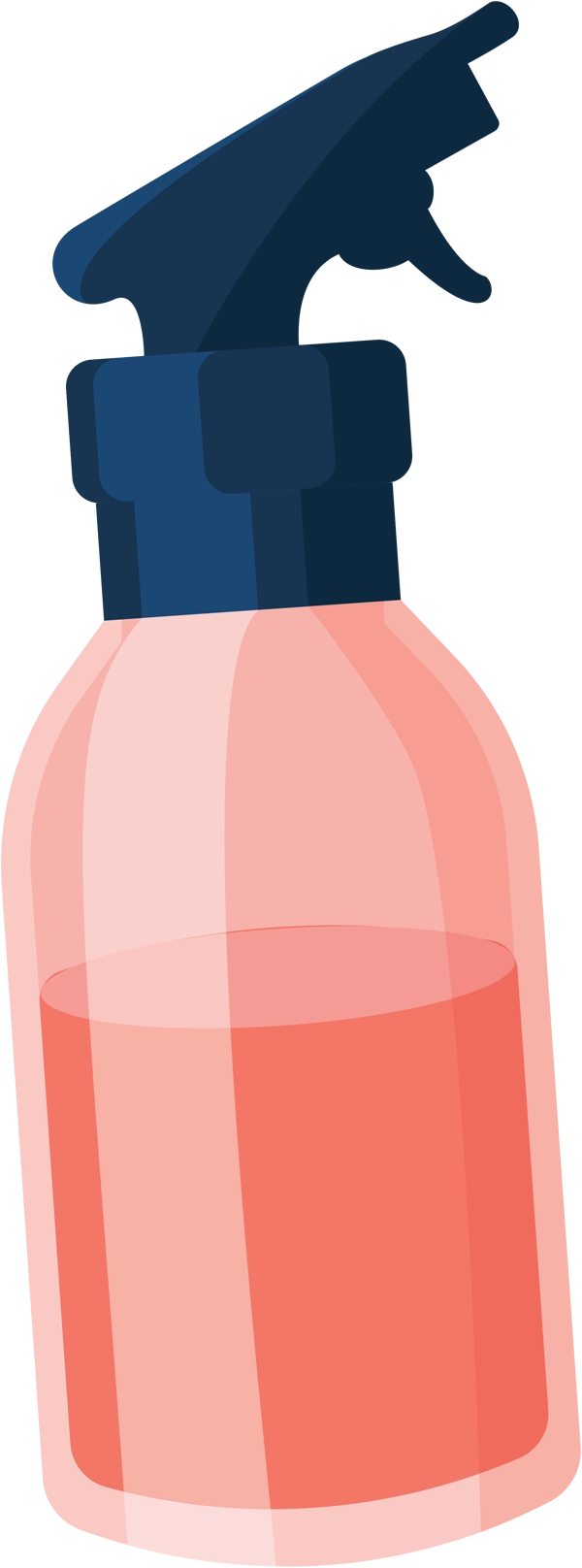



Ear cleaners are something you may not think about as a grooming product but are very useful for removing dirt and wax buildup on the outside of the ear leather. Some groomers prefer using them after the bath, as they can take some moisture from the ears and smell nice when the owner picks the dog up. Remember, the first part of the groom the owner sees and smells is usually the face!

It is also worth noting that if you groom cats and small mammals, all products should be checked that they are suitable for cat and/or small mammal grooming before using them, as not all ingredients in products for dogs are safe for other animals.
Liquid tools can enhance your groom and make your grooming life easier by taking the strain off your joints and limbs when de-matting or having to excessively brush large breeds. I hope this has given you food for thought when considering what products to include in your grooming tool kit!


Photos provided by Nathan Austin
The crowd exploded with cheers, shouts and wild applause as Nathan Austin and Helios, his black standard Poodle, were declared the 2024 Best In Show winners.
 he audience fell silent as five spectacularly groomed dogs awaited the judges’ decision as to which one of them would be chosen as the Best In Show winner of Groom Expo West 2024 in Pasadena, California this past February. For their groomers, this moment was the culmination of years of work, learning and preparation. Every ounce of passion, skill, dedication and self-expression they had went into the groom they executed on the dogs standing before them. Yet, only one would become Best In Show.
he audience fell silent as five spectacularly groomed dogs awaited the judges’ decision as to which one of them would be chosen as the Best In Show winner of Groom Expo West 2024 in Pasadena, California this past February. For their groomers, this moment was the culmination of years of work, learning and preparation. Every ounce of passion, skill, dedication and self-expression they had went into the groom they executed on the dogs standing before them. Yet, only one would become Best In Show.
The crowd exploded with cheers, shouts and wild applause as Nathan Austin and Helios, his black standard Poodle, were declared the 2024 Best In Show winners. People swarmed the stage to get an up-close glimpse of the artist and his flawless creation. They were congratulating Nathan and commenting, “You’re amazing, I wish I could groom like you,” “You must have been grooming all of your life. Did you grow up in a grooming salon or come from a family that shows Poodles?”
Actually, Nathan did not come from a family that had roots in the grooming or show world…far from it. And, he never set out to become a dog groomer. Nathan Austin was raised by a single mother who struggled with addiction her whole life. They were often homeless and Nathan spent much of his teenage years running the streets. One day, one of his friends suggested that he apply for a job where she worked, so he did. It was at a PetSmart grooming salon.
“People judge you, dogs don’t,” he continues. “Before I became a groomer, I had a certain look, and when I would walk down a street, people would see me and they would often cross over to the other side of the street. With dogs you can be yourself and they accept you just the way you are.”
While Nathan was working at PetSmart as a groomer, a beautiful young lady named Kathlena was hired as a bather and she soon became a groomer as well. Nathan and Kathlena fell in love and they married. Now, they own their own grooming salon, A Cut Above Grooming Salon located in Castro Valley, California. Before opening their salon, Nathan and Kathlena went for their certification with the National Dog Groomers Association of America (NDGAA).
“For the last 10 years, we had been grooming pets, growing our careers, and we also managed a private salon,” Nathan says. “But we felt it was time to branch out and explore what other things the grooming world had to offer.

His winning ways continued, and last year Nathan was honored as the first-ever AKC Master Groomer of the Year.
“During the certification process, Kathlena and I were with other like-minded groomers,” Nathan continues. “They had the same fire lit underneath them that we did. We became this group of friends that had the same ideals and wanted to grow. We couldn’t help but totally entrench ourselves into that life.”
After he became a Certified Master Groomer, Nathan began to enter grooming competitions and also started showing dogs at AKC shows.
“My first grooming competition was at a very small show, the Silicon Valley Pet Expo,” he shares. “Amazingly, I took first place in the B division with my standard Poodle, Georgette. And that was it. I was completely hooked from that day on. Then COVID happened and I couldn’t compete for a while, but I kept taking classes to help me grow in my knowledge and skills.
His winning ways continued, and last year Nathan was honored as the first-ever AKC Master Groomer of the Year.
“One of my favorite things about competing are the judges’ critiques; they have helped me so much,” he says. “I really value them and I apply what they tell me. I spent two years learning and perfecting the groom—the Historically Correct Continental (HCC)—that I put on Helios to win Best In Show at the 2024 Groom Expo West competition. My next big goal is to be on GroomTeam USA, and I’m not stopping until I reach that goal.”

“We groomers all have the same experiences—things like shaving dog butts, getting peed on, and finding poop in your smock pocket,” he quips. “Humor connects us all.”
In addition to the educational videos, Nathan and Kathlena have also begun teaching in-person seminars.
“When I went to certify, my mentors, Ann Martin and Nancy Han, made me feel so proud to be a groomer and so passionate about the breeds, I want to inspire that in other people,” he says.
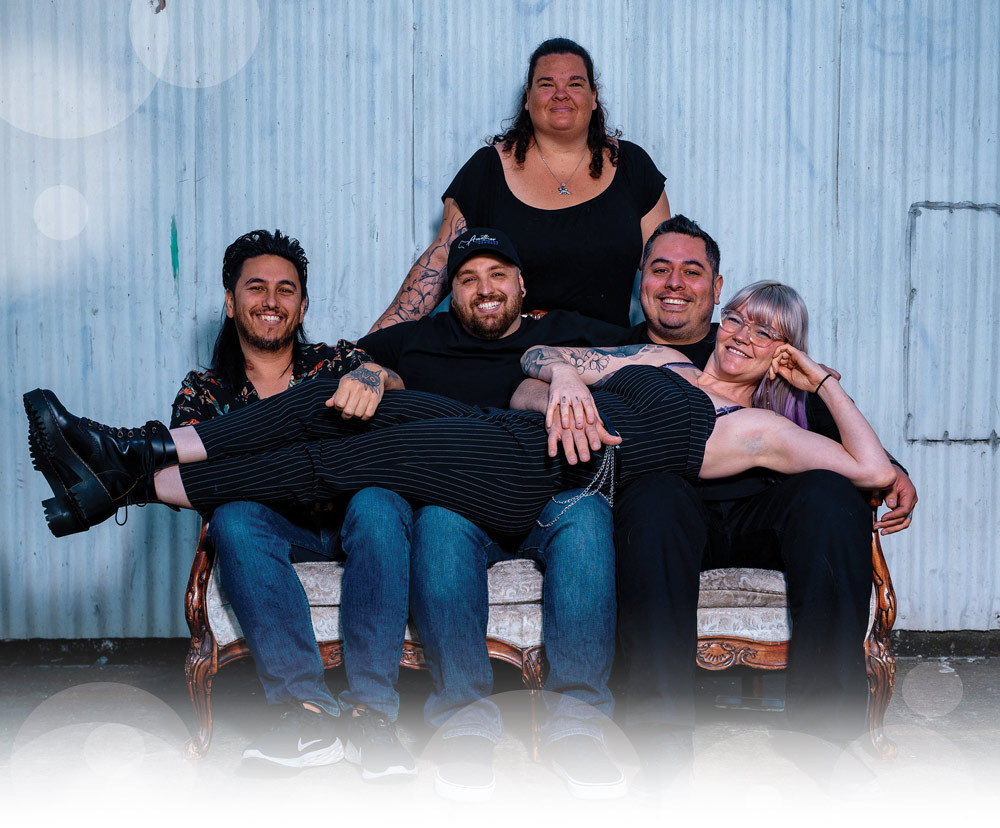
Nathan Austin has had quite a journey, to say the least. He transformed himself from a homeless adolescent who ran wild in the streets into an award-winning groomer, influencer and educator. Nathan found his passion and is making it his mission to help others reach their highest potential.
He leaves us with this last bit of encouraging advice: “Never give up. Follow your dreams and do whatever it takes to achieve your goals.”
Be like Nathan Austin. Be unstoppable!


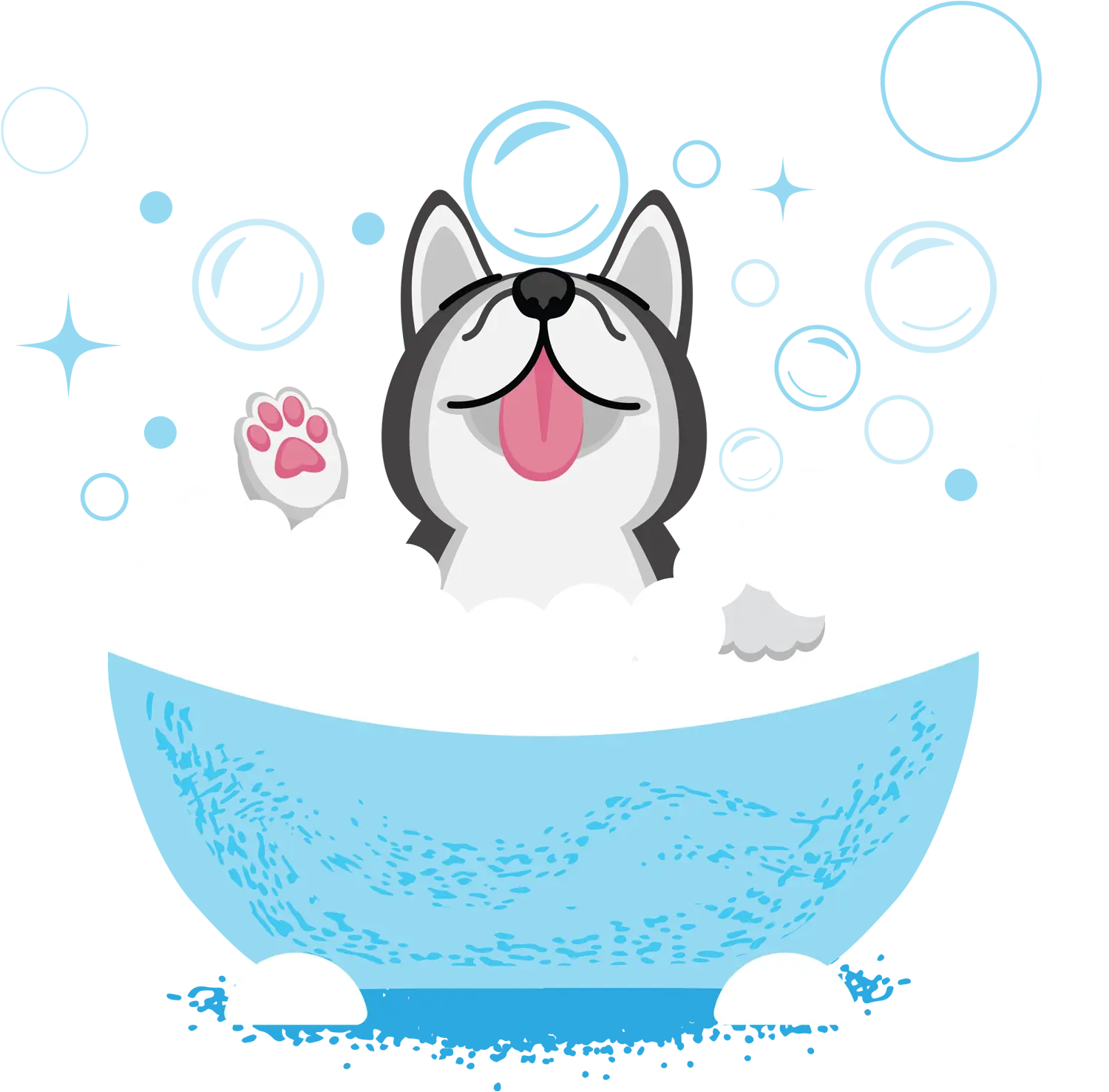

by Dave Campanella

 ’m amazed how far technology has brought us in the last decade. No doubt, these are exciting times we live in. And the advancement in professional grooming liquids is no different. Hair care chemistry has made incredible leaps in product performance and the results are truly mind boggling.
’m amazed how far technology has brought us in the last decade. No doubt, these are exciting times we live in. And the advancement in professional grooming liquids is no different. Hair care chemistry has made incredible leaps in product performance and the results are truly mind boggling.
Unfortunately, though, many salon professionals are not fully capitalizing on grooming technology and often fail to integrate hair care science into their daily bathing and prepping. Some don’t realize the basic differences between professional grooming liquids compared to retail pet brands sold at chain stores either. There’s so much more to bathing than getting a dog clean or what it smells like afterwards.
Odds are, you’re working much harder than you should. It’s time to STOP the mindless practice of hastily getting client dogs washed, dried, on the table and out the door. Mindfulness and science only work together when you let them, so I’m encouraging everyone to take a step back and reimagine bath time as intentionally pretreating the coat with proven science that leads to better results.
This article will discuss the grooming logic behind pretreating the coat using professional liquids engineered to manipulate the hair’s cuticles for optimal finish and effect.
Hair & Skin Science
Regardless of how mild or harsh a detergent is, all the cuticles on each hair fiber are exposed. And when left untreated without conditioning, static occurs, manageability suffers and further damage is more likely. This is precisely why it’s so critical to replace the sebum washed away with an appropriate conditioner. Thankfully, today’s advanced cationic conditioners make superior sebum replacements.
Whether you’re just prepping or specifically de-shedding, de-matting, detangling, or deodorizing, conditioning treatments yield better results upon completion.

The Benefits of Professional Pet Grooming Liquids
Professional Shampoos:










Application of Grooming Liquids
Close/Further Close/Fully Close Method
Fig 4) The magic behind this method rests in how it efficiently conditions the coat repeatedly through each phase—1) shampoo, 2) conditioner, 3) finishing spray. This ensures more of the coat’s hair fibers are hydrated, strengthened, smoothed over and sealed before drying. Think of this as “Close/Further Close/Fully Close” logic.

However, some groomers continue to rely solely on a cream rinse for tangles, mats and shedding, failing to understand or apply any science. Still others rely totally on a detangling spray while vigorously pre-brushing before the bath. The main objection to pre-brushing is that the hair’s cuticles are typically severely dry, damaged and lifted when a pet enters your salon, so why risk further damaging the hair scales by severing them with grooming tools, exposing the inner cortex or fraying split-ends?
I like to refer to this process as “Condition/Shampoo/Condition,” and here’s why: While conditioning notably closes lifted cuticles, the synthetic detergents groomers use is pH neutral to acidic (< 7.0 pH) and therefore will not open cuticles. Opening cuticle scales is not necessary to clean hair whatsoever. In fact, chemically lifting hair scales can be an extremely harsh process that should be avoided, especially when treating multi-coated breeds.
Consider how 75% or more of the dog breeds we encounter in the salon shed or molt their coats. Opening the coat with an alkaline grooming liquid (>7.5 pH) may not only damage hair fibers, but also make it extremely difficult to rinse, comb through or release shedding undercoat while wreaking further havoc using grooming tools.
So why would we want to lift hair cuticles open? Well, let’s look at hair coloring. A harsh alkaline solution is applied after a hot water rinse. Together this softens the hair fiber, lifting the cuticles open. Next a potent color pigment blend is added and given time to set up under the lifted scales before rinsing with cool water. A very acidic conditioner is applied next to seal in the pigment by fully closing each lifted cuticle. Conditioning regularly extends both the hair’s manageability and color retention. Harsh detergents are typically avoided in-between color treatments to prevent premature lifting and color loss.
Of course, proponents of the Condition/Shampoo/Condition method remark how notably desirable the results can be. And many have switched from using solely shampoo to using not one, but two additional conditioning treatments. To my earlier point, effective conditioning is a game changer for pet groomers!
I wholeheartedly encourage you to further explore all that can be accomplished by mindfully pretreating with shampoo and conditioners during bath time. I promise you will be thrilled with the results as you grow in confidence, understanding and experience. However, it’s important to progress at your own pace and be attentive to each pet’s unique circumstances.
So whether you opt for the Close/Further Close/Fully Closed or Condition/Shampoo/Condition method, get intimate with the results provided by each product. Remember, you’re in control, so start working smarter not harder. Have faith in hair care chemistry and start trusting your grooming liquids!
Dave Campanella is a PGC Educator, entertaining seminar speaker, popular podcast guest, and industry columnist. He is Best Shot Pet Products sales and marketing director with over 30 years of pet industry wisdom. He and his wife Tracy co-owned a full-service pet salon and self-wash in Ohio prior to relocating with Best Shot to Kentucky 20 years ago. Together they enjoy exhibiting at grooming shows, being industry ambassadors, breeding and showing Kerry Blue Terriers along with their Samoyed and Lowland Polish Sheepdog at AKC events.

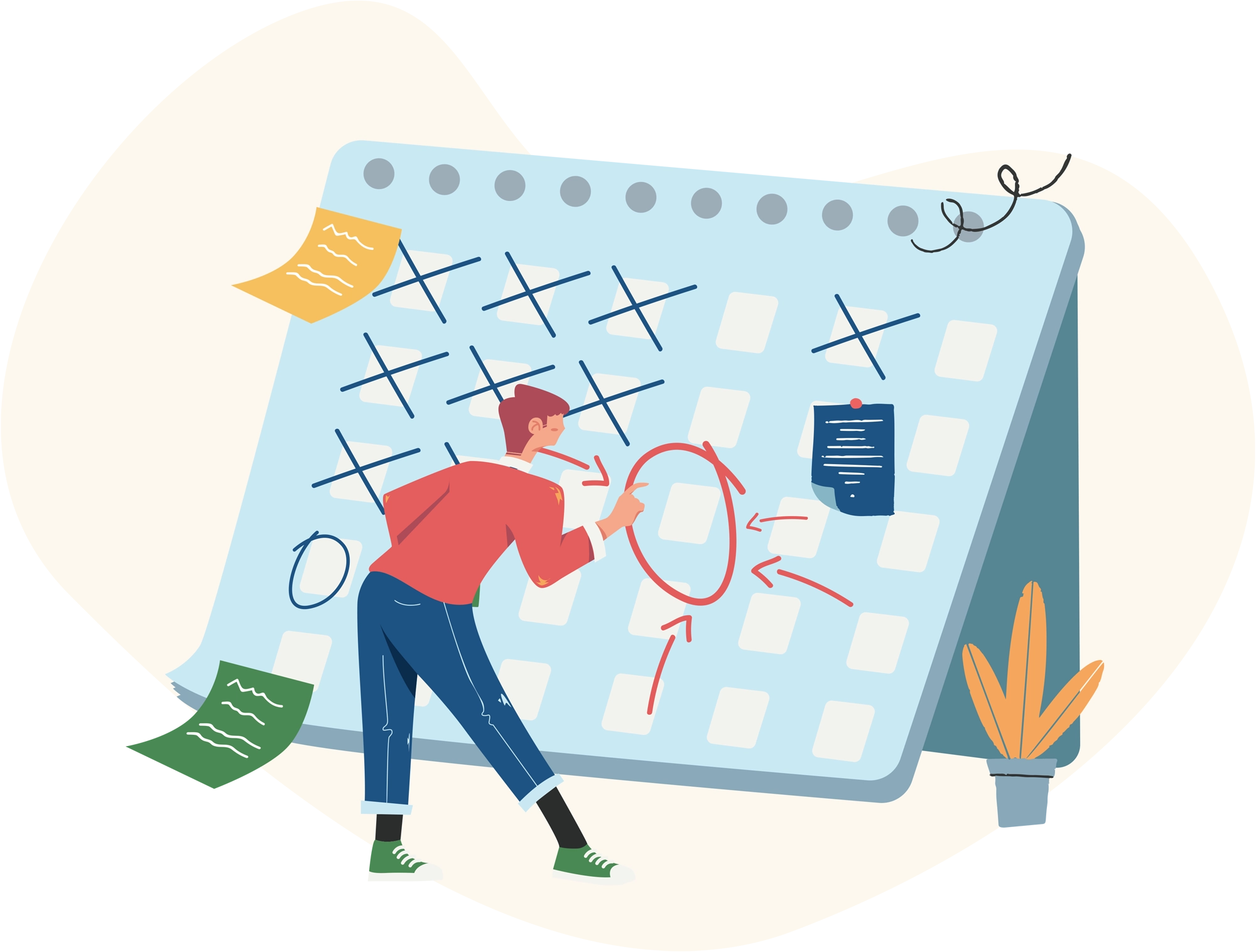

by Jennifer Bishop Jenkins

n Earth, where we humans and our pets live, our calendars are divided into periods of time called months. This thing called a month exists in every culture and language, and it drives the organization of our time. However, it is much more than a numeric habit passed down from thousands of years ago—it is an actual natural thing. So, first, a tiny lesson in Earth Science, one of my favorite subjects…
Originally, the idea of a month came about from clear observations of our Earth’s moon, cycling from full moon to new moon every 28 days or so. Much of nature is affected by these patterns, such as the tides in our oceans, the seasons and the changes in weather. Even our human bodies are tied to these natural monthly cycles, including fertility and reproduction. We are monthly creatures living on a planet where all these natural cycles of time are built into the very Earth we live on shared by all living things, down into our very cells.
The Grooming Connection
The skin and hair system mammals have is called the Integumentary system. While it differs from species to species, we all have in common that skin and hair is made of keratin proteins, and that hair is an extension of filaments of keratins emerging from the skin. But most importantly for our discussion, skin has layers. And it is the monthly cycles of these layers that makes monthly grooming a necessity.
The broad categories of skin layers in a dog are, on top, the Epidermis; under the Epidermis lays the Dermis; and at the base of the skin is the Subcutaneous Layer. There are more complex components of these layers, but that is the general structure. As with all mammals, new skin cells rise from below to finally reach the surface, and then slough off.

The cycle of the formation of new skin cells below, rising from the basal layer to the stratum corneum and the surface, then shedding off, is called the keratinization cycle. The keratinization cycle in dogs takes approximately 21 days. For humans it takes longer. But this is why grooming (bathing, conditioning, brushing and combing hair, etc.) must be at least monthly for dogs. When skin cells reach the surface and need to fall off, they will begin to crust over and clog the outer layers of the skin.
Conditioning in a separate step is then critical. Since soap has washed away the oils, the skin will be stressed, even injured, and can be very uncomfortable for the dog unless the sebum layer is restored with good-quality conditioners. The dog’s coat type matters in determining what kinds of products we want to use to help the skin and coat work well for our clients.
All canine skin needs oils, minerals and moisturizers, but different breeds of dogs need them in different amounts. Short coats need more oil. The natural/normal fur coats of medium length in most dogs need more minerals because of the more constant shedding and making of new hairs. They require more of the building blocks of new hairs: magnesium, phosphorus and calcium. And long coats need more moisturizers—humectants, emollients and collagen to protect the ends of the hair furthest away from the skin.
This is another reason why short shaves can do long-term harm to delicate but important skin. Sunlight to the skin kills the immune system in the Langerhans cells, leading often to skin cancer. Sebum cannot get to the surface to protect the skin without the hair in the follicles. The sebum travels out onto the skin via the hair and the follicles to do its job as a protective barrier to the skin. This is also why hairless dog breeds must be treated daily; to wick away the dead skin cells that crust over, and then protect the skin with an appropriately light and nourishing oil.
So here we confront the real issue: Should we be requiring our clients to come on a monthly schedule? I do. And it has been easier to implement than I ever imagined. It is just the normal routine for our hundreds of active clients. However, there are exceptions to every rule.
If the client cannot afford my services that often, then I sell them good shampoos, conditioners, brushes and combs, and I take time to teach them how to do all this themselves at home. Often, they find it is well worth it to pay me to at least do a bath/condition/brush-out monthly rather than trying to deal with the mess of it at home.
Several families realized that their failure to regularly groom their pets was leading to higher vet bills. Some were upset with themselves for not caring for their dogs the way they should, because no one ever took time to teach them about what was proper minimal care.
Visual aids are very important to show them exactly what we are talking about. I printed up photos and diagrams of dog skin (easily found online) and laminated them. I explain the keratinization cycle while showing them pictures, stressing how natural all this is and how it is unavoidable. This is part of owning a dog; of being a mammal.
I can imagine this requirement sounds harsh, maybe even bad for business. But my experience has been the opposite. Since I take time to educate clients lovingly and knowledgeably on the biology of this, they know it is all driven by both my expertise and my love for their dog—not something I had made up just to line my pockets. I don’t get bossy or demanding about it. I rarely have had to do anything more than pull out my skin diagrams and explain it all. Many quickly learned that a four- to five-week schedule kept de-matting charges down, and their cleaner, more comfortable dog much easier to live with.
This monthly need to clean and repair dogs’ skin is not some arbitrary schedule based on groomer economic need, nor is this optional for the pet because of owner preference, budget or schedule. This is a requirement for the health of the dog that is based on the very natural functioning of the cells in their skin. Monthly grooming is in tune with nature’s beautiful song; it is knowledgeable grooming; it is loving grooming.


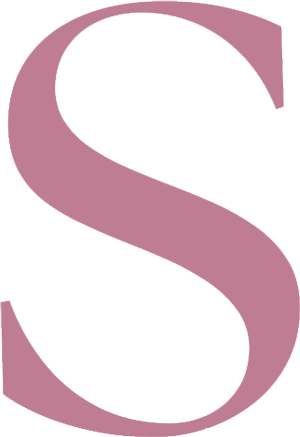 hampoo is not just a grooming staple; it’s a ubiquitous product found in households worldwide. Yet, despite its widespread use, many of us may not fully grasp the intricacies of how and why we use it. Beyond its apparent purpose of cleaning, understanding the composition, function, and potential impacts of shampoo is crucial for effective grooming practices and the wellbeing of our pets.
hampoo is not just a grooming staple; it’s a ubiquitous product found in households worldwide. Yet, despite its widespread use, many of us may not fully grasp the intricacies of how and why we use it. Beyond its apparent purpose of cleaning, understanding the composition, function, and potential impacts of shampoo is crucial for effective grooming practices and the wellbeing of our pets.
At the heart of shampoo lies a combination of surfactants, detergents and sometimes alcohols. These ingredients work to attract and suspend dirt and oils from the hair and skin until rinsed away. Sodium lauryl sulfate (SLS) and sodium laureth sulfate (SLES) are among the most common surfactants used in shampoos, renowned for their effective cleansing properties. However, their reputation for harshness often raises concerns, with some likening their potency to degreasers used in industrial settings. It’s a valid comparison, considering the potent cleansing capabilities of these surfactants. Yet, it’s essential to remember that in controlled quantities, even potent substances like these can serve beneficial functions. After all, we brush our teeth with toothpaste containing similar ingredients, albeit in smaller concentrations.
Recognizing the potential drawbacks of traditional shampoos, some groomers opt for “detergent-free” or “soap-free” alternatives. Despite the label, these products still contain mild surfactants derived from plants, which offer gentler cleansing without the harshness associated with SLS or SLES. However, more lather equates to better cleaning, but it overlooks the fact that excessive bubbles can exacerbate the stripping of natural oils. This effect is akin to the drying sensation experienced when using dish soap, where the same cleansing properties can leave hands feeling parched and in need of hydration.
Just as water, a life-sustaining substance, can be deadly in excessive amounts (as tragically demonstrated by cases of water toxicity), the key lies in moderation and understanding. Shampoos, too, fall into this category.
A common misconception among pet owners is the belief that shampoo alone can address all skin and coat concerns. However, as previously discussed, the primary function of shampoo is to cleanse, not to moisturize or treat underlying skin issues. While some shampoos may contain added oils or ingredients purported to nourish the skin, their efficacy in this regard is limited by their cleansing nature. In essence, attempting to strip away oils while replenishing them with added ingredients simultaneously may yield conflicting results, ultimately undermining the intended outcome.
Furthermore, the process of bathing itself is not merely mechanical but also chemical in nature. If it were solely a matter of mechanical agitation, water alone would suffice for cleansing. However, the addition of surfactants and detergents facilitates the removal of dirt and oils by breaking down surface tension and suspending debris for easy rinsing. This chemical process requires time for the surfactants to interact with the dirt and oils effectively. Rushing through the bathing process or rinsing too quickly can limit the efficacy of the shampoo, necessitating a second application to ensure thorough cleaning.

Moreover, the stability of shampoo formulations, once diluted with water, is another factor to consider. When mixed, shampoo undergoes a chemical reaction and begins to degrade over time, rendering it less effective and potentially fostering bacterial growth. Preparing shampoo in advance and storing it for extended periods of time increases the risk of contamination and product degradation, therefore compromising its efficacy and safety for use on pets.
In light of these considerations, selecting the right shampoo for grooming requires careful evaluation and discernment. With an abundance of products available on the market—each boasting various claims and benefits—it can be challenging to navigate the landscape of grooming supplies. However, prioritizing efficacy, safety and the wellbeing of the pets in our care should guide our decision-making process.
By staying informed, remaining open to new information and techniques, and prioritizing the welfare of the animals entrusted to their care, groomers can continually improve their craft and enhance the grooming experience for pets and their owners alike.
Dr. Cliff Faver graduated with a BS in Biology/BA in Chemistry before getting a Veterinary degree in 1987. He is the past owner of Animal Health Services in Cave Creek, Arizona and now the US distributor for Iv San Bernard products, teaches the ISB Pet Aesthetician Certification program, and speaks internationally on hair and skin. His passion is to merge groomers and veterinarians to aid in helping and healing pets. He is also a member of AVMA, AAHA, AZVMA, Board member with Burbank Kennel Club, and has served on Novartis Lead Committee, Hill’s International Global Veterinary Board, and a Veterinary Management Group.

Photos provided by Lynn Paolillo
 ducating cat owners on the importance of grooming is a crucial aspect of ensuring their pets’ wellbeing. This article aims to provide cat groomers with a resource to help convey essential grooming information to cat owners, focusing on mat removal, post-grooming care, hair regrowth and the benefits of regular grooming sessions.
ducating cat owners on the importance of grooming is a crucial aspect of ensuring their pets’ wellbeing. This article aims to provide cat groomers with a resource to help convey essential grooming information to cat owners, focusing on mat removal, post-grooming care, hair regrowth and the benefits of regular grooming sessions.Understanding the Impact of Mat Removal on Cats
Additionally, cats may temporarily act aloof or irritable post grooming; however, they typically return to their normal selves within a day. If you notice any concerning symptoms like lethargy or refusal to eat, consult your veterinarian.
Removing mats from a cat’s coat is often more than just a cosmetic procedure; it can reveal underlying skin issues such as redness, irritation, bruising and even severe wounds.
Removing mats from a cat’s coat is often more than just a cosmetic procedure; it can reveal underlying skin issues such as redness, irritation, bruising and even severe wounds.
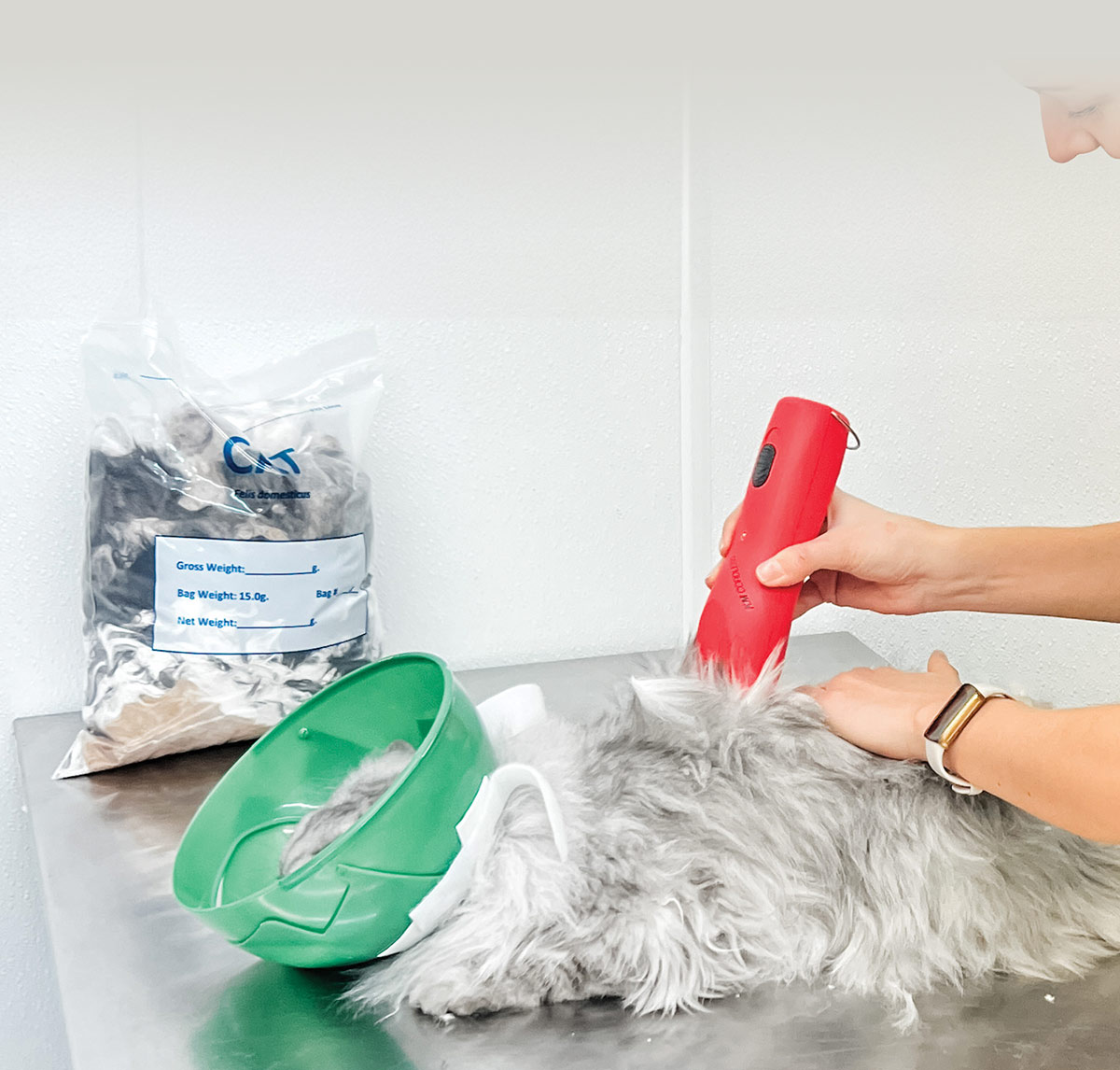
Several factors influence how quickly a cat’s hair will regrow, including:
 Age and health status
Age and health status Hair type
Hair type Diet
Diet Coat condition
Coat condition Skin condition
Skin condition Season/time of year
Season/time of year Method of mat removal
Method of mat removal
Older cats and those with health issues may experience slower or uneven hair growth. And depending on the hair type, guard hairs will sometimes grow faster than the undercoat. Healthy cats with clean skin and coat tend to regrow hair more quickly, although seasonal changes can affect this process. For some cats, particularly long-haired breeds, full regrowth of both length and density can take up to 18-24 months.
Regular grooming not only keeps your cat looking their best but also contributes significantly to their overall wellbeing.

Preventing mats from forming is key to maintaining your cat’s comfort and health. Regular grooming appointments can address your cat’s specific needs, keeping their coat in optimal condition. The frequency of these appointments varies depending on several factors, including, but not limited to, your cat’s coat type, their behavior during grooming and your grooming goals.
A basic grooming session every four to eight weeks should include:
 Nail trimming
Nail trimming Ear and eye cleaning
Ear and eye cleaning A warm bath and blow-dry
A warm bath and blow-dry Thorough combing
Thorough combing
Additional services such as haircuts, sanitary trims (particularly for long-haired or obese cats), deshedding treatments or nail caps may be recommended based on your cat’s needs and your grooming objectives. These services can influence the grooming schedule, ensuring your cat remains in excellent condition without requiring extensive at-home grooming.
Discussing your cat’s grooming schedule with a professional cat groomer will help you understand the best approach to maintaining their coat’s health and appearance. Regular grooming not only keeps your cat looking their best but also contributes significantly to their overall wellbeing.
As cat groomers, our role extends beyond the grooming table; it involves educating cat owners on the nuances of their pet’s grooming needs and the importance of regular care. By sharing this knowledge, we empower owners to make informed decisions that enhance their cat’s health, comfort and quality of life. Encouraging an open dialogue about grooming practices, health signs to watch for post grooming and the benefits of a consistent grooming schedule can greatly improve the grooming experience for cats and their owners alike.


by Daryl Conner
 hether you are grooming a smooth-coated Chihuahua, a full-coated Old English Sheepdog or anything in between, a complete groom includes getting that pet clean and fully dry. And depending on the pet you are working on, drying can take up a considerable portion of the time you allot for the grooming process on each pet.
hether you are grooming a smooth-coated Chihuahua, a full-coated Old English Sheepdog or anything in between, a complete groom includes getting that pet clean and fully dry. And depending on the pet you are working on, drying can take up a considerable portion of the time you allot for the grooming process on each pet.
While I know groomers who enjoy the drying process, I’m not one of them. I can’t wait to have the dog on my table dry so I can get down to what I consider to be the “fun stuff”—brushing and styling. It is safe to say that most dogs are not fans of the drying process, either.
The good news is, there are liquid tools that help shorten the amount of time you spend getting a pet from drenched to dry—and they really work! The most common are sprays and shampoos that have been developed specifically for the purpose of helping to dry coats more quickly, and with good reason. They are formulated with a proprietary ingredient that encourages water to bead on top of the hair shaft rather than being absorbed. Once the water is beaded there, it is easier to remove by toweling, fluff- or force-drying.
Modern, water-soluble silicones are widely used in both human and pet skin and hair care products. Unlike the silicones of yesteryear, they don’t build up in the hair.
I have done timed drying tests, using a drying product on one half of the dog and stationing a groomer on each side with the same kind of dryer. My very non-scientific experiment made me a believer. The side we used the drying product on really did finish faster.
Pet grooming products containing silicone also help dry pets faster while offering other benefits to the groomer. Modern, water-soluble silicones are widely used in both human and pet skin and hair care products. Unlike the silicones of yesteryear, they don’t build up in the hair. Today’s silicones are hydrophobic and work by coating each individual hair shaft to smooth the cuticle (outer layer), effectively creating a water-repellent barrier. So instead, the water remains on the surface where it can be more easily absorbed by towels and mechanically removed with the heat and airflow from the pet dryer. They also make detangling and deshedding pets easier and leave the coat more manageable. You can find silicone in some shampoos, conditioners and sprays, and some can even be added to the final rinse.
- Make sure the pet is extremely clean before attempting to dry it. Natural oils and dirt not removed during the bath will help hold onto moisture, prolonging drying time and resulting in coat that isn’t easy to style.
- Remove as much water from the coat as possible before it ever reaches your drying table. Manually squeeze water with your hands, use super-absorbent towels until no dripping water is visible, then dry with a thirsty terry cloth towel. Allow the dog to have a few good shakes—they are amazingly efficient at water removal!
- If you are using a fast-drying or silicone-based spray, now is the time to apply it. Then, lightly brush the product through the coat to distribute the spray and open the coat by separating the hairs before you dry.
- Employ an absorbent surface on your grooming table. There are custom-made fabric drying table toppers, or you can simply put a dry towel or an absorbent door or bath mat on the table. They will not only catch water being sprayed off the coat, but also help to muffle the sound of the air from the dryer as it hits the table.
- Try holding a microfiber, terry cloth or super-absorbent towel behind the area of the pet you are drying. This will catch moisture from the air as you work and hold it, preventing it from returning to the animal.
- Make sure to dry pets in a well-ventilated area, or consider using a dehumidifier to ensure the air in your drying space is not overly saturated with moisture. If the air is humid, getting dogs thoroughly dry is nearly impossible.
- If you use a high-velocity dryer, take a break when the pet is about halfway dry to brush the coat lightly, then finish drying. For thick or curly coat types, this will speed things up.
Combining the appropriate liquid tools with a good dryer and great technique is key to shortening the time you spend drying the pets on your table. Both you and the pets you groom will appreciate your efforts to speed up the drying process!
- Bird, B. (2015, March 29). Silicones – Quest for Truth – Part One. Pet Groomer Magazine. https://petgroomermagazine.com/articles/ingredients/silicones-quest-for-truth-part-one/
- Bird, B. (2015, April 1). Silicones – Quest for Truth – Part Two. Pet Groomer Magazine. https://petgroomermagazine.com/articles/ingredients/silicones-a-quest-for-truth-part-two/
- Scott, S. & Bird, B. (Hosts). (2021, September 5). Equation for speedy drying (No. 308). [Audio podcast episode]. The GroomPod. https://www.podomatic.com/podcasts/susythegroomer/episodes/2021-09-04T21_25_51-07_00
- Scott, S. & Bird, B. (Hosts). (2023, March 1). Silicones and drying time, Recirculating bathing systems explained (No. 364). [Audio podcast episode]. The GroomPod. https://www.podomatic.com/podcasts/susythegroomer/episodes/2023-03-01T19_16_19-08_00

by Louise Dunn
t is hard enough listening to your team question their pay rate and, coupled with the added pressure of following your state’s process of raising the minimum wage, it can become a nightmare as you hire a new team member at a rate close to your current team’s rate. In 2023, over 20 states raised their minimum wage, with new minimum rates ranging from $9.95 (Montana) to $15.74 (Washington).1
With the increase in minimum wage comes the obvious query from your team: “When are we getting a raise since minimum wage is now higher?” A receptionist earning $15/hr may have been reasonable in 2021, then along comes fast food workers in 2022 getting $15/hr and the state’s minimum increasing to $14/hr in 2023. Does that receptionist look for a wage increase beyond the typical cost of living adjustment? Add to that the rising inflation rate—and you must admit, is it any wonder why there seems to be a constant battle between what you pay and what the team wants?

t is hard enough listening to your team question their pay rate and, coupled with the added pressure of following your state’s process of raising the minimum wage, it can become a nightmare as you hire a new team member at a rate close to your current team’s rate. In 2023, over 20 states raised their minimum wage, with new minimum rates ranging from $9.95 (Montana) to $15.74 (Washington).1
With the increase in minimum wage comes the obvious query from your team: “When are we getting a raise since minimum wage is now higher?” A receptionist earning $15/hr may have been reasonable in 2021, then along comes fast food workers in 2022 getting $15/hr and the state’s minimum increasing to $14/hr in 2023. Does that receptionist look for a wage increase beyond the typical cost of living adjustment? Add to that the rising inflation rate—and you must admit, is it any wonder why there seems to be a constant battle between what you pay and what the team wants?
The strategy of structuring pay is more than simply what your team is paid to do and when they are paid. It involves following laws, checking industry norms and staying aware of local competition. It requires knowledge of your recruitment and retention numbers, strategic goals for the business and skills gaps among the team members. Given the importance of all these factors, it sounds as if it is easier to toss out a few hourly rates and call it a day. However, you may be putting the business at risk. Working with your accountant and other professionals (e.g., insurance brokers, attorneys, etc.) is essential to developing a pay strategy that is a win-win for everyone.
Once you know your strategy and the numbers you want to achieve, it is time for the rubber to meet the road. The most common action steps involve increasing fees and decreasing costs to improve business financials. The caveat: There is only so much clients are willing to pay for services, and there is only so much cost-cutting before sacrificing pet health and wellbeing. That does not mean to skip this step. Many businesses can find errors in data entries, mistakes in buy-to-sell ratios and vendors with better deals that improve the numbers. Start here and fix any problems before deciding on the next move.
Returning to the benchmark reports, compare your numbers with your colleagues and decide where to tweak some fees and improve some costs. Work with your accountant to produce “clean” data before taking action.
But what if you already are running a tight ship with your fees and costs, yet you still need a comfortable margin for raising your team’s pay? Look for opportunities!
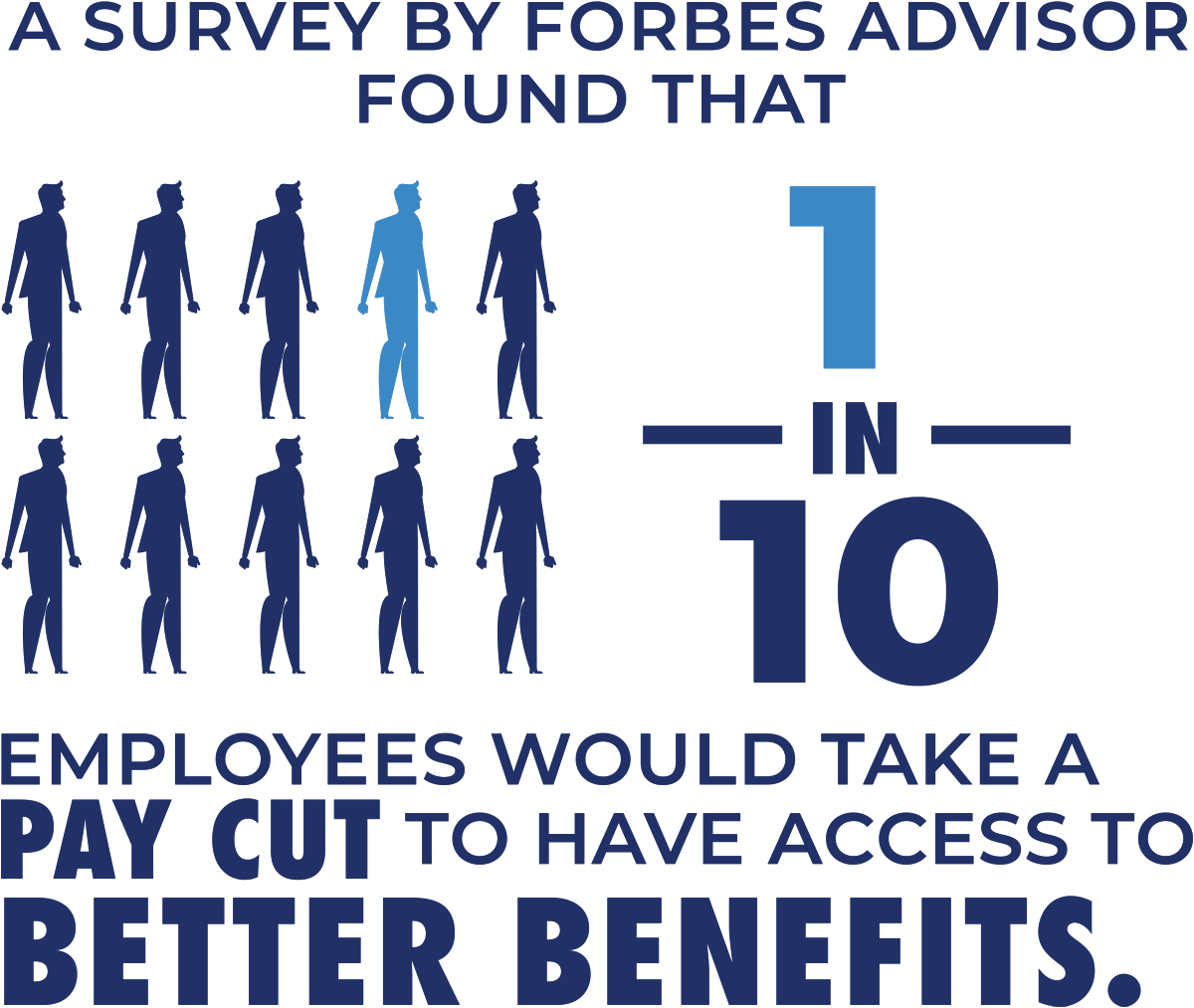
The bottom line may not be IF you can afford to pay more, but rather, what is the consequence of not paying more? Are you increasing the risk of high employee turnover or trouble attracting new employees? Do lower wages hamper productivity? Does pet care and client service suffer due to a lack of staff or too many less-experienced people? While there is no right or wrong strategy, there are consequences, and you must be prepared to own your strategy.
Again, money isn’t everything. Businesses that define career advancement and incorporate other benefits can provide balance to a less-than-desirable pay rate. A survey by Forbes Advisor found that 1 in 10 employees would take a pay cut to have access to better benefits.2 What else can help your business if a wage hike is not in the cards? Voluntary benefits (supplemental coverage at a low cost to the employee), mandatory paid time-off, pension and retirement plans, life insurance, remote work and/or flexible hours, stress management, mental health benefits, professional development, job advancement…the opportunities are endless.
The pet care profession is known for the level of care provided to animals of all shapes and sizes. It may be time to venture outside the box and care for the people providing that care.
- Biron, B. (2023, January 8). These are the states where the minimum wage is going up in 2023. Business Insider. https://www.businessinsider.com/minimum-wage-rising-23-states-2023-full-list-2022-12?op=1
- Miranda, D. (2023, February 6). Forbes Advisor. https://www.forbes.com/advisor/business/best-employee-benefits/

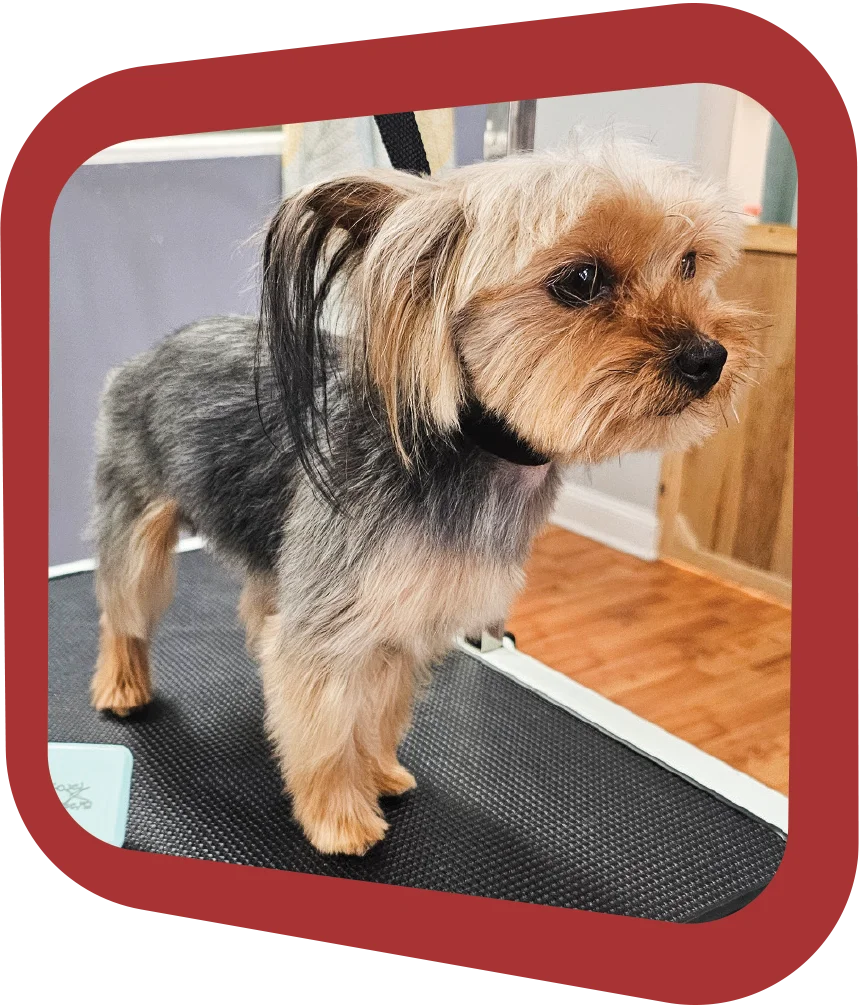


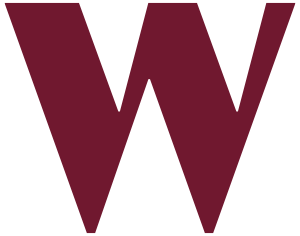 hile the most important thing to accomplish during a dog’s prep work is to get them clean, as a professional, we can do so much more to set the coat up for success! Here I will go over the steps of a bath and dry on a drop coat that is sure get your groom off to a good start.
hile the most important thing to accomplish during a dog’s prep work is to get them clean, as a professional, we can do so much more to set the coat up for success! Here I will go over the steps of a bath and dry on a drop coat that is sure get your groom off to a good start.

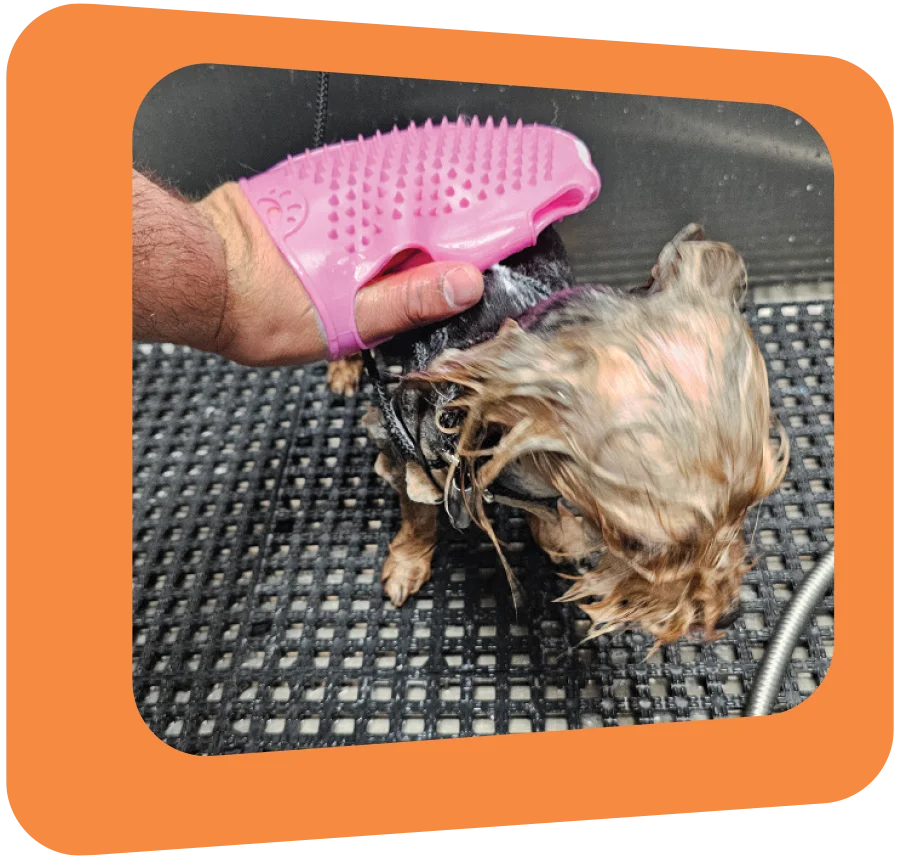

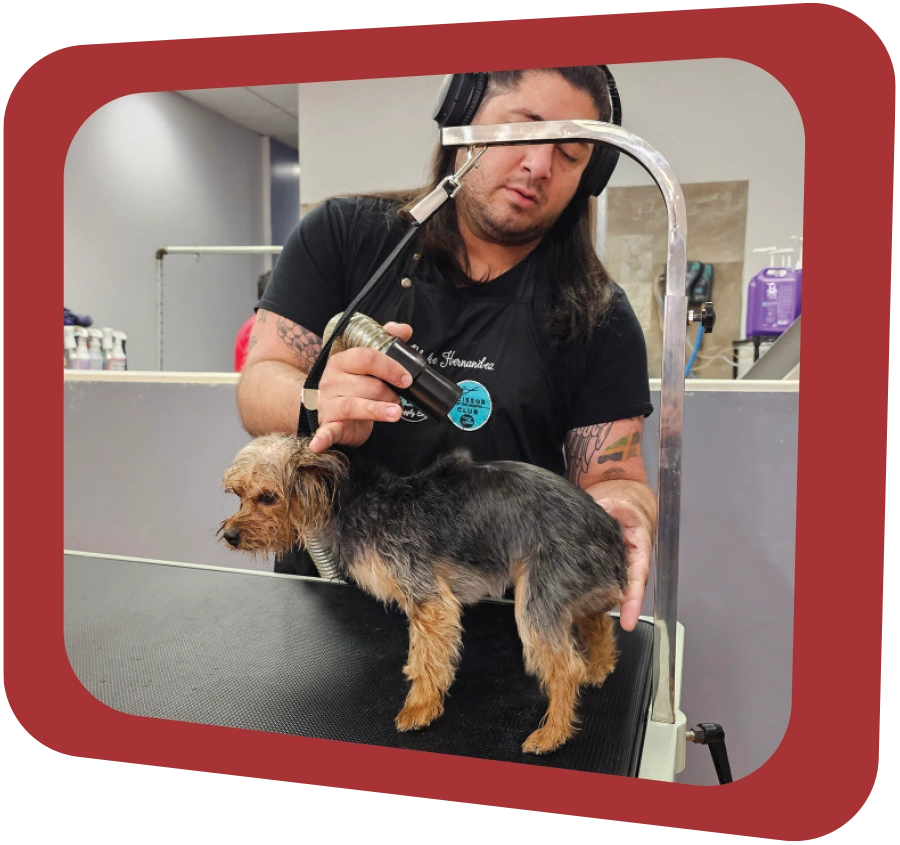

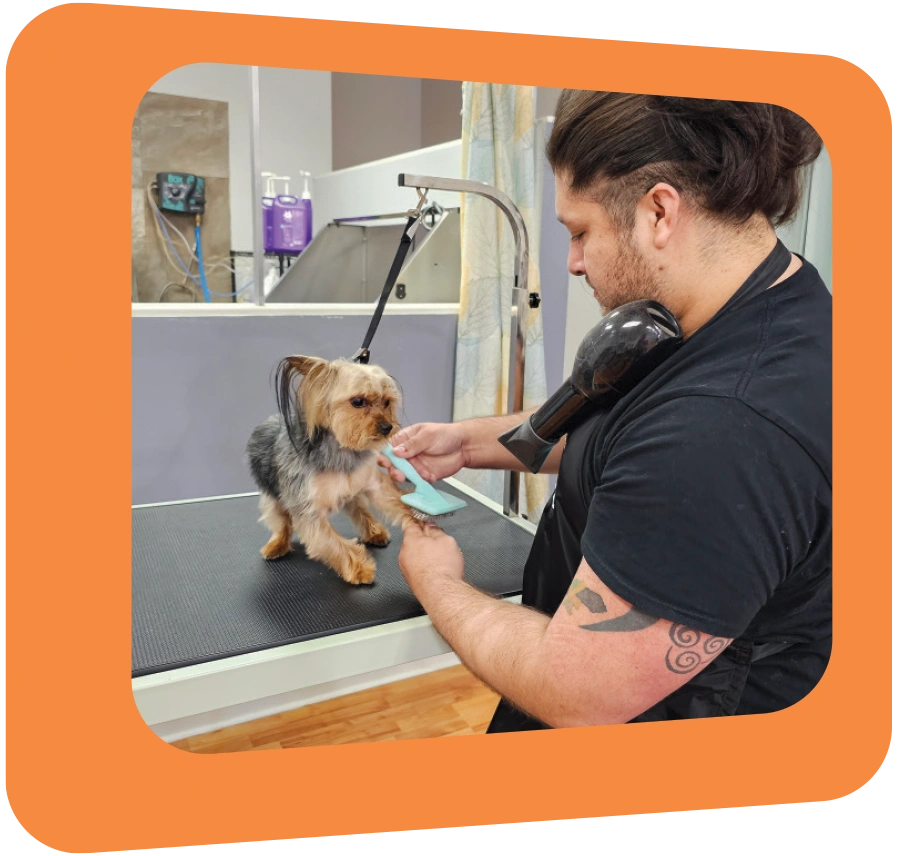
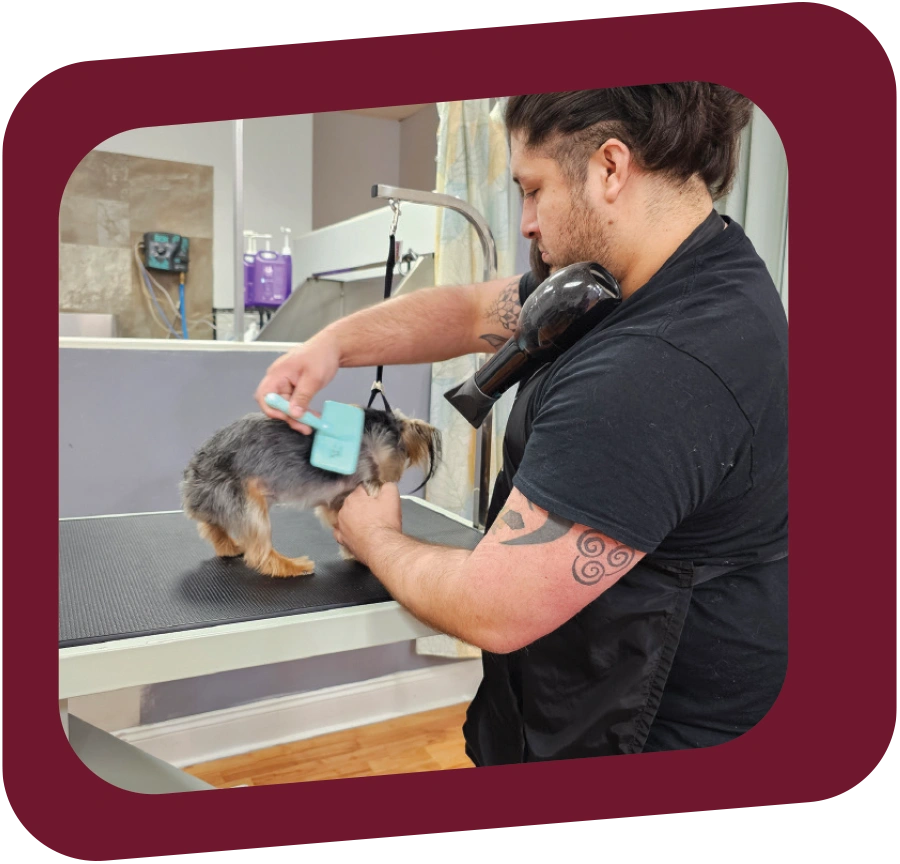
by Anjie Coates
Photo by Anjie Coates
 reo is an adorable small mixed breed that comes in monthly and has since he was a puppy, and he is packed with personality!
reo is an adorable small mixed breed that comes in monthly and has since he was a puppy, and he is packed with personality! Oreo: “Hi, Anj! Hi! Hi! Hi!”
Oreo: “Hi, Anj! Hi! Hi! Hi!” “Hi, buddy. C’mon, let’s get you set up for your bath,” I say.
“Hi, buddy. C’mon, let’s get you set up for your bath,” I say. Oreo: “Oh, I love the bath! Baths are the best! How are you? Do you need kisses? I’ll give you kisses!”
Oreo: “Oh, I love the bath! Baths are the best! How are you? Do you need kisses? I’ll give you kisses!” Oreo proceeds to give me a number of quick kisses.
Oreo proceeds to give me a number of quick kisses. “Oh, thank you. OK, hop in and you’ll get your bath in just a minute,” I tell him.
“Oh, thank you. OK, hop in and you’ll get your bath in just a minute,” I tell him. During his bath his excited energy begins to wane as he relaxes with his eyes half open and his mouth in a huge grin while he sits quietly and sighs in contentment.
During his bath his excited energy begins to wane as he relaxes with his eyes half open and his mouth in a huge grin while he sits quietly and sighs in contentment. “Good bath?” I ask.
“Good bath?” I ask. Oreo: “Mmhm, is good.”
Oreo: “Mmhm, is good.” “Don’t fall asleep on me yet, buddy. You can nap in your crate after I get you toweled up,” I remind him.
“Don’t fall asleep on me yet, buddy. You can nap in your crate after I get you toweled up,” I remind him. Oreo: “I’m not sleepy.”
Oreo: “I’m not sleepy.” “Right. I can tell you’re not sleepy at all,” I quip.
“Right. I can tell you’re not sleepy at all,” I quip. I get him toweled up and pop him in a crate with a warmed towel while I clean and disinfect the tub for the next dog.
I get him toweled up and pop him in a crate with a warmed towel while I clean and disinfect the tub for the next dog. Oreo is sound asleep when I return to get him.
Oreo is sound asleep when I return to get him. “Hey, buddy. Time to wake up. We have to get you dried and then even you out,” I tell him.
“Hey, buddy. Time to wake up. We have to get you dried and then even you out,” I tell him. Oreo yawns and stretches: “I’m good, come back later.”
Oreo yawns and stretches: “I’m good, come back later.” “Yeah…no. Your Mom will be back to get you soon so we need to get this done,” I say.
“Yeah…no. Your Mom will be back to get you soon so we need to get this done,” I say.
 Oreo: “OK, carry me.”
Oreo: “OK, carry me.” Oreo makes no effort to assist me in any way and continues laying on his side with a smile and sleepy eyes.
Oreo makes no effort to assist me in any way and continues laying on his side with a smile and sleepy eyes. So, I reach in, scoop him up and hold him to my chest.
So, I reach in, scoop him up and hold him to my chest. He leans his head against my chest and lets out a soft, happy sigh as we head into the grooming room to begin his finish.
He leans his head against my chest and lets out a soft, happy sigh as we head into the grooming room to begin his finish. “You want to stand for your drying or are you going to go meatball on me again?” I ask.
“You want to stand for your drying or are you going to go meatball on me again?” I ask. Oreo: “I nap, you dry.”
Oreo: “I nap, you dry.”
 “How did I know?” I reply.
“How did I know?” I reply. After drying, I need him to stand so I rub his body from head to toe in an invigorating massage.
After drying, I need him to stand so I rub his body from head to toe in an invigorating massage. Oreo: “Ah, feels good.”
Oreo: “Ah, feels good.” “You awake now?” I ask.
“You awake now?” I ask. Oreo: “Yep! So what’s that new thing? Hey, did you get a new sticker on your toolkit? Why is there a light on that white box? What’s in the cabinet? You never open that one.”
Oreo: “Yep! So what’s that new thing? Hey, did you get a new sticker on your toolkit? Why is there a light on that white box? What’s in the cabinet? You never open that one.” “Umm…Well, let’s see, new clipper, yes on the sticker, UV toaster is sanitizing blades and that’s storage for extra stuff,” I rattle off in reply.
“Umm…Well, let’s see, new clipper, yes on the sticker, UV toaster is sanitizing blades and that’s storage for extra stuff,” I rattle off in reply. Oreo: “Oh, those are shiny!”
Oreo: “Oh, those are shiny!” “New shears,” I say.
“New shears,” I say.
 Oreo: “Can I sniff?”
Oreo: “Can I sniff?” “No noses next to sharp shears. Sorry, kiddo,” I tell him.
“No noses next to sharp shears. Sorry, kiddo,” I tell him. Oreo: “Darn.”
Oreo: “Darn.” “OK, ear cleaning, picture and we’re done,” I state.
“OK, ear cleaning, picture and we’re done,” I state. Oreo: “Yay! What’s the theme? What am I going to be? Can I pick? I want to be a fireman! No wait—a zebra! No wait…”
Oreo: “Yay! What’s the theme? What am I going to be? Can I pick? I want to be a fireman! No wait—a zebra! No wait…” “Hang on, buddy. You can see the options when we get in there,” I say.
“Hang on, buddy. You can see the options when we get in there,” I say. Oreo: “Yeah, can’t wait!”
Oreo: “Yeah, can’t wait!” I carry him into the picture room and I lay out a few different choices for him.
I carry him into the picture room and I lay out a few different choices for him.
He picks the outfit of his choosing. “Perfect! OK, now you gotta pick a wig to go with it,” I remind him.
“Perfect! OK, now you gotta pick a wig to go with it,” I remind him. Oreo: “Oh, yeah! Umm…definitely the mullet wig! Can I??”
Oreo: “Oh, yeah! Umm…definitely the mullet wig! Can I??” And I reply with a wide grin:
And I reply with a wide grin: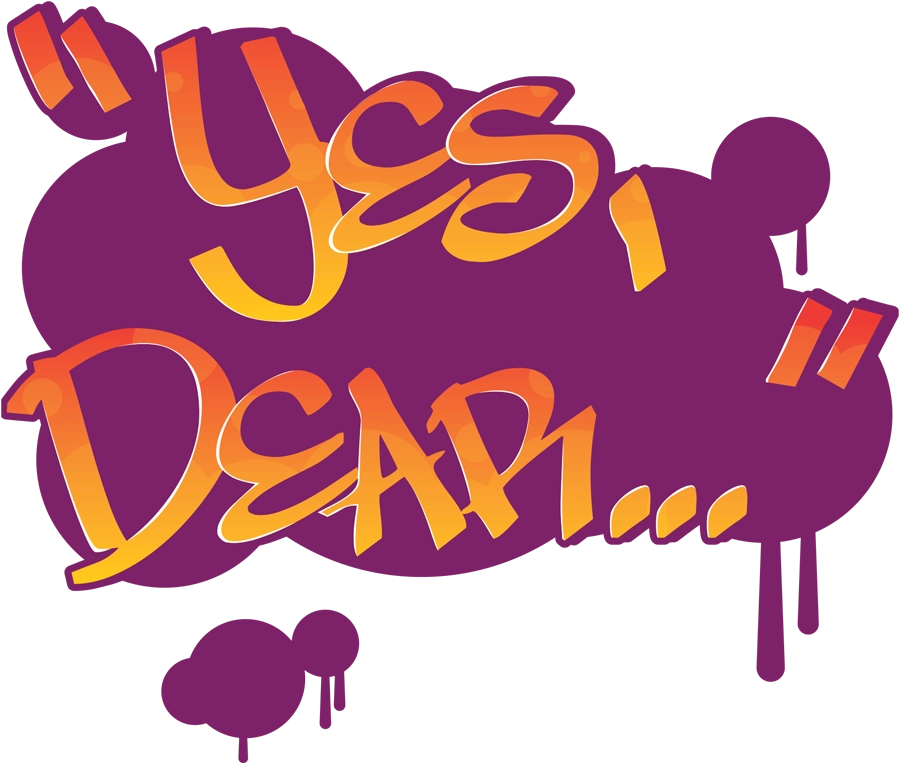
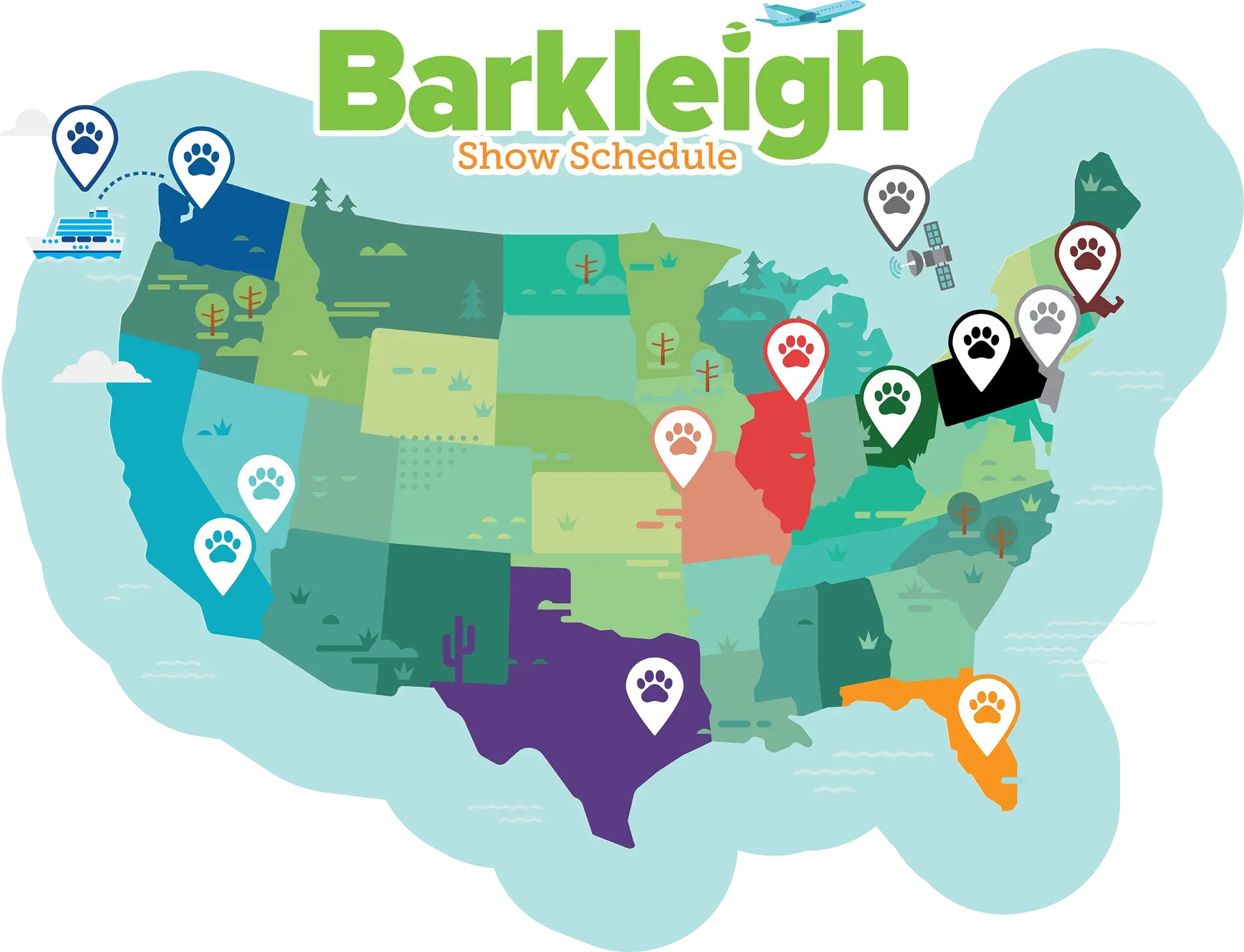

Don’t let outer ear infections, also known as Otitis Externa, hold pets back from enjoying life to the fullest. With Angels’ Eyes Zinc-Otic Ear Relief Treatment, you can provide them with the relief they need and deserve. Specially formulated with Natural Boric Acid and Zinc, Angels’ Eyes helps combat the symptoms of outer ear infections, such as itching, redness, inflammation, discharge, and unpleasant odors, providing effective, gentle, and reliable care for your furry friends’ ears. The non-staining ear care formula helps fight yeast and bacteria while helping to calm itchy and inflamed ears. angelseyesonline.com

Call (717) 691-3388 ext 224
to place a Classified.
Rates: 25 words or less
$50.00
$2.00 each
Classified ads must be prepaid.
Call for issue deadlines.
Agency discounts do not apply.


